Day 48 - A Temple In Satsuma And A Bit About Kobo Daishi Kukai’s Teachings, The Kyushu 108 Temple Pilgrimage, Japan
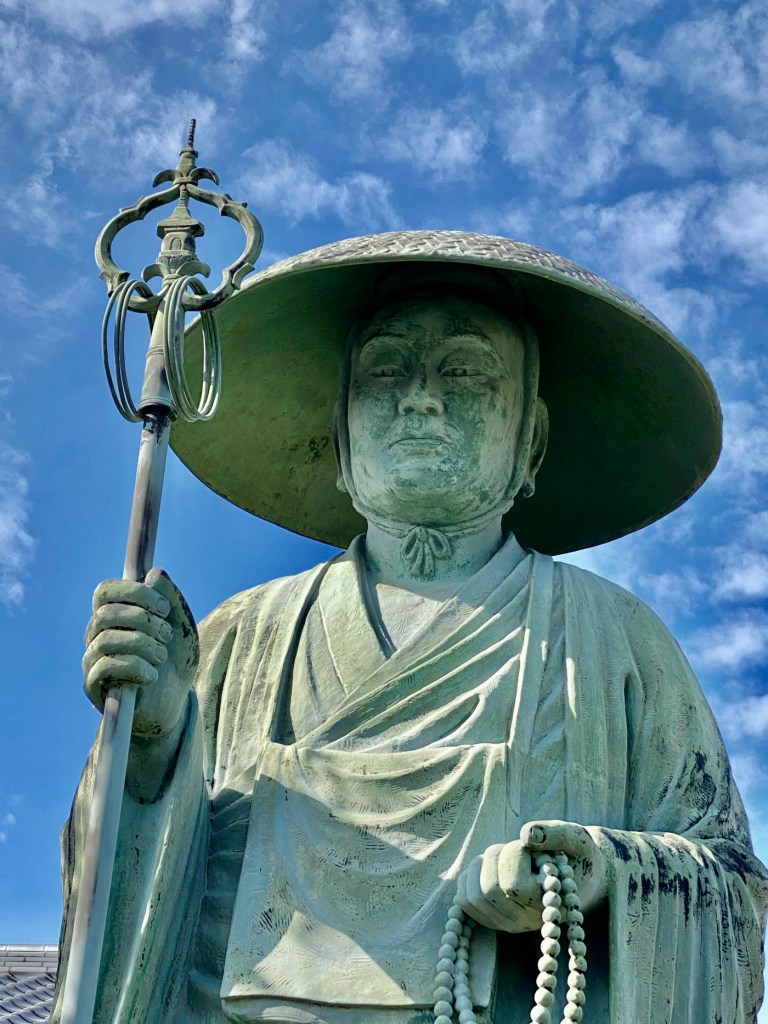
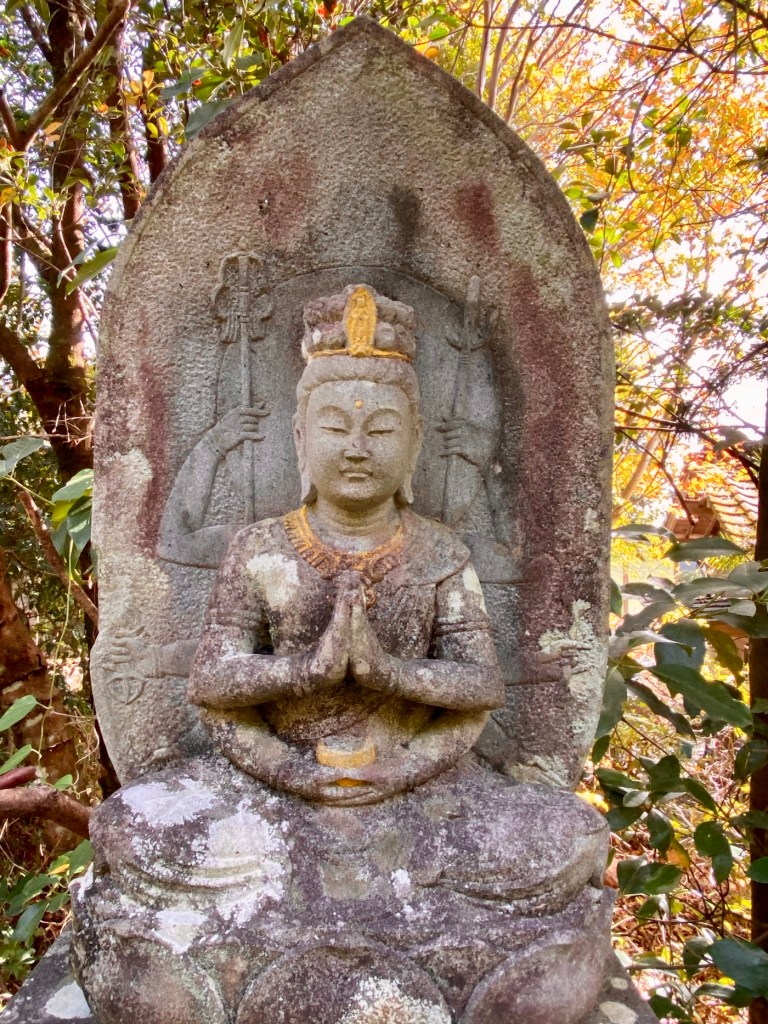
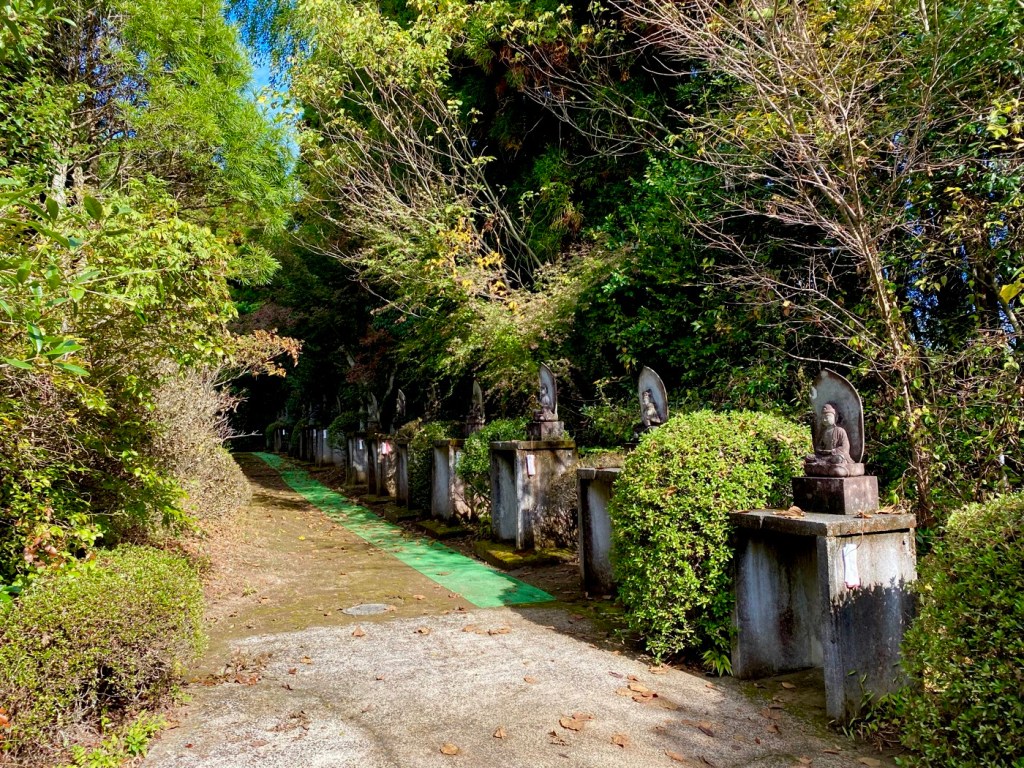
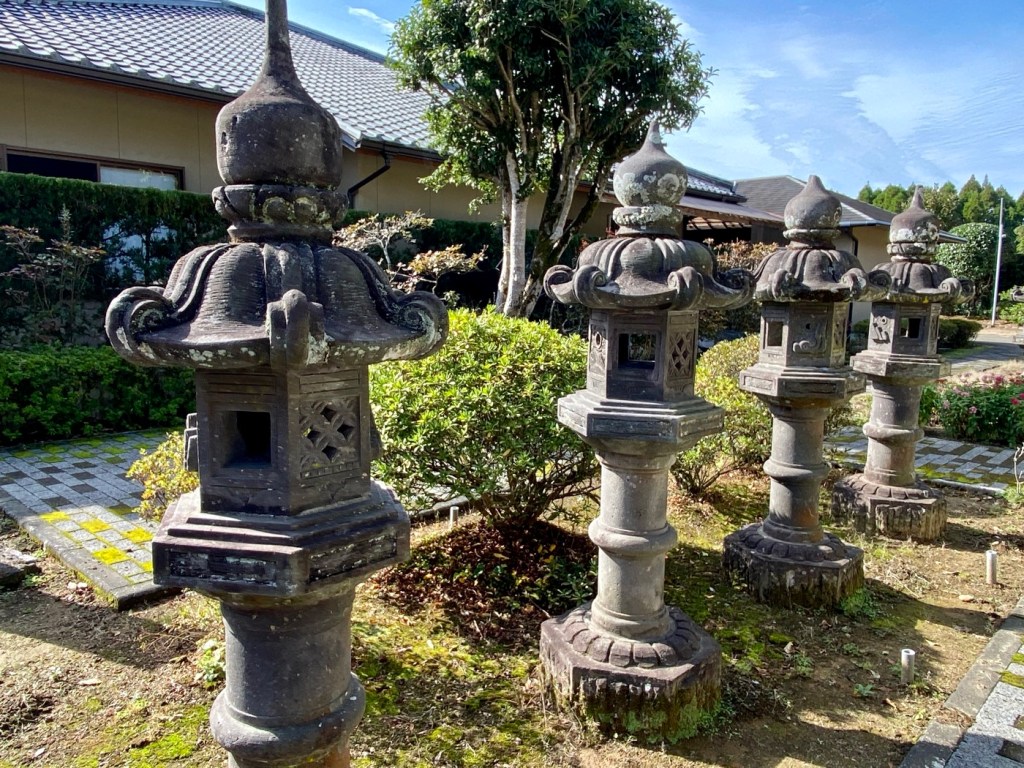
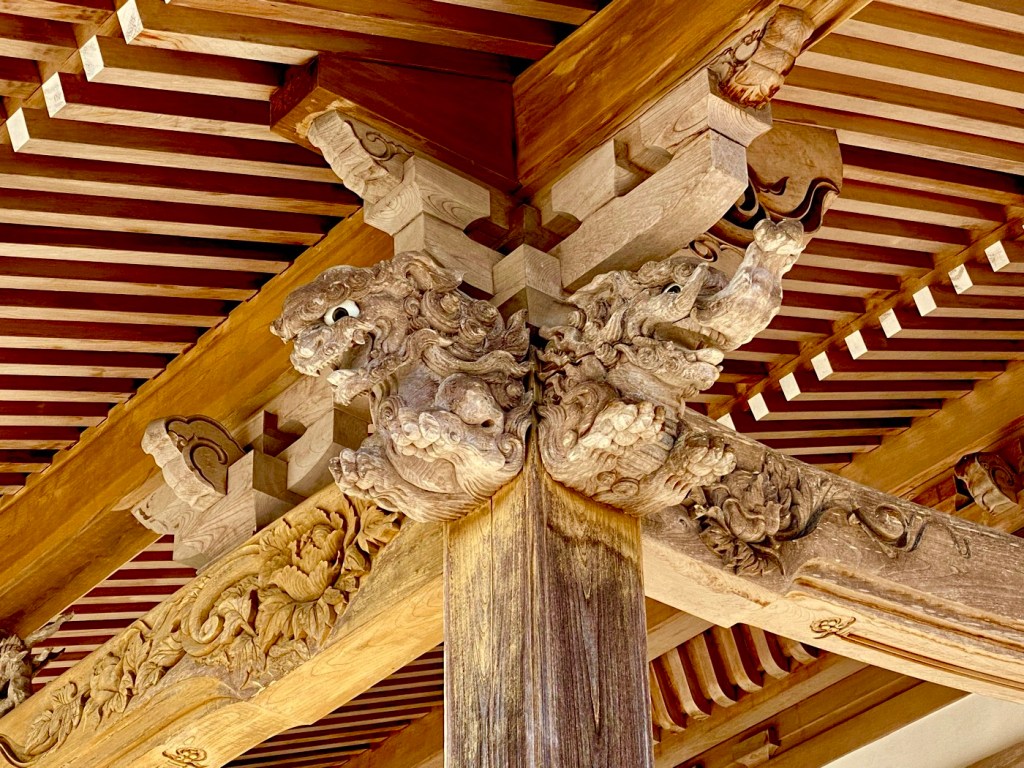
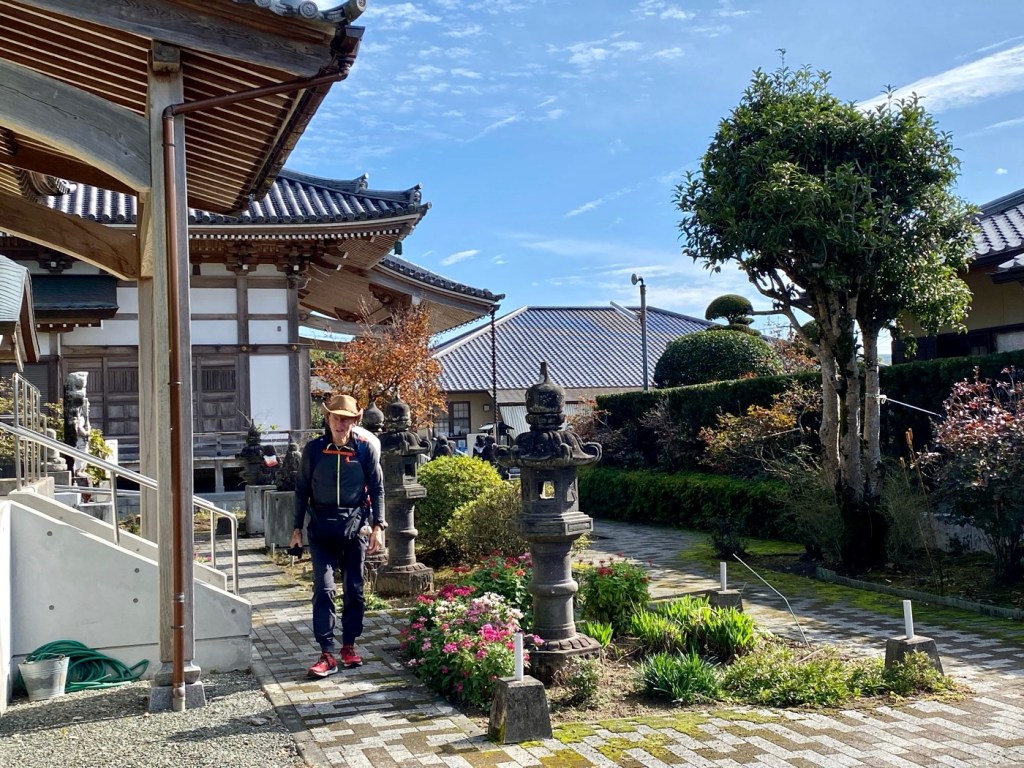
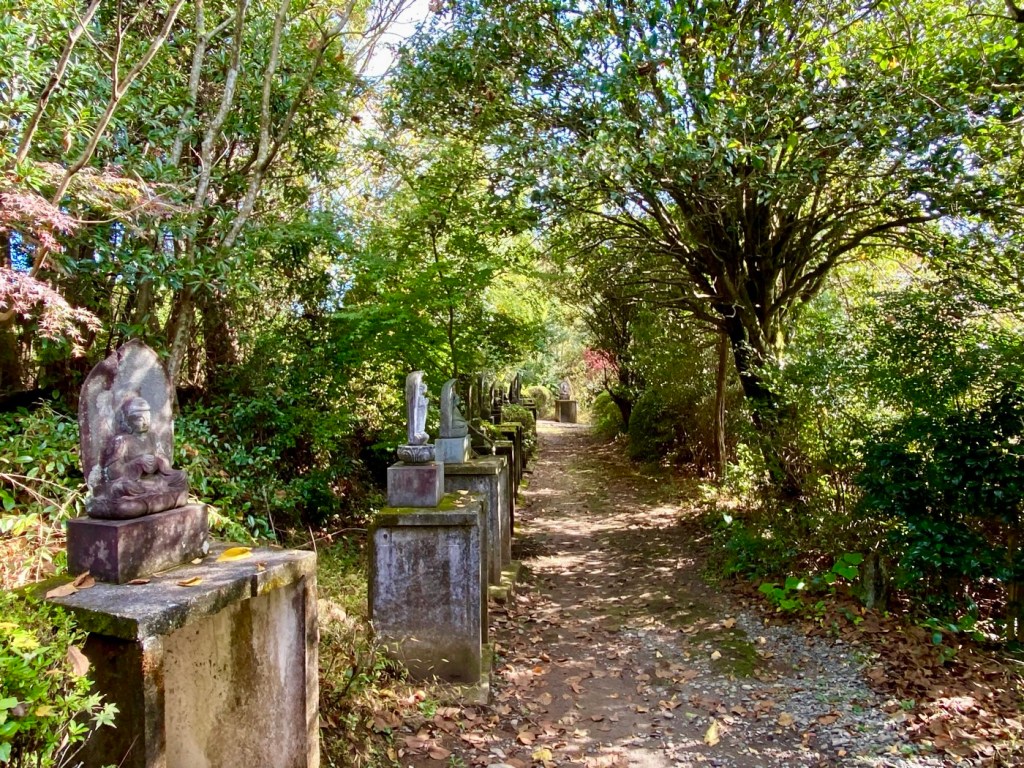
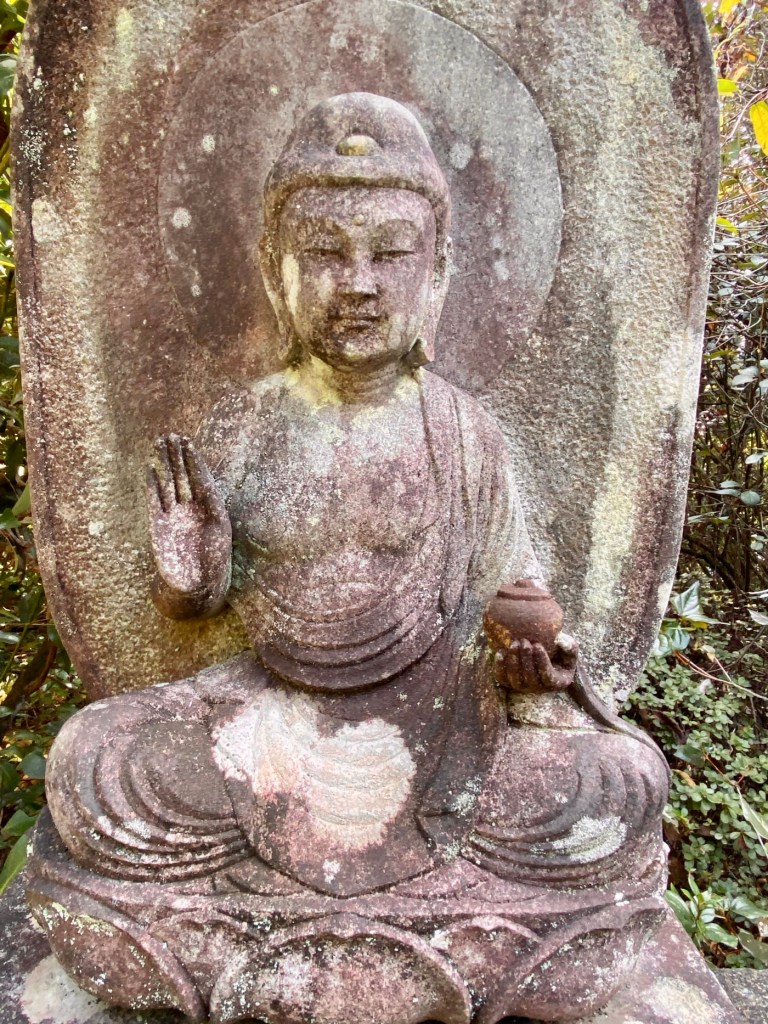
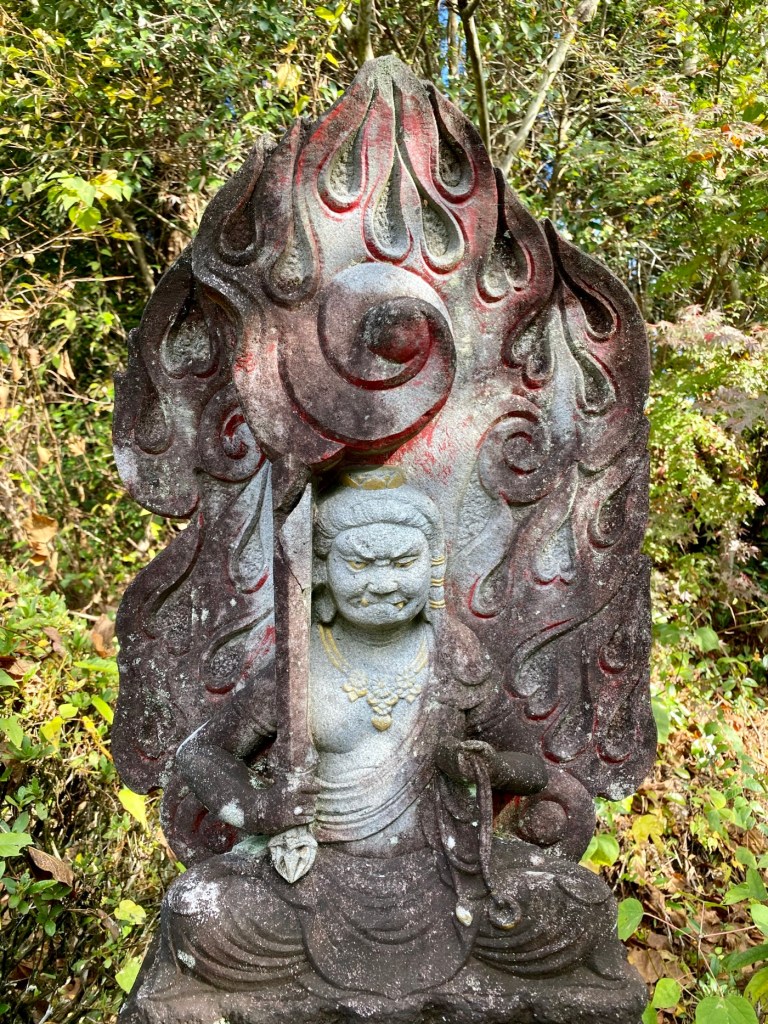
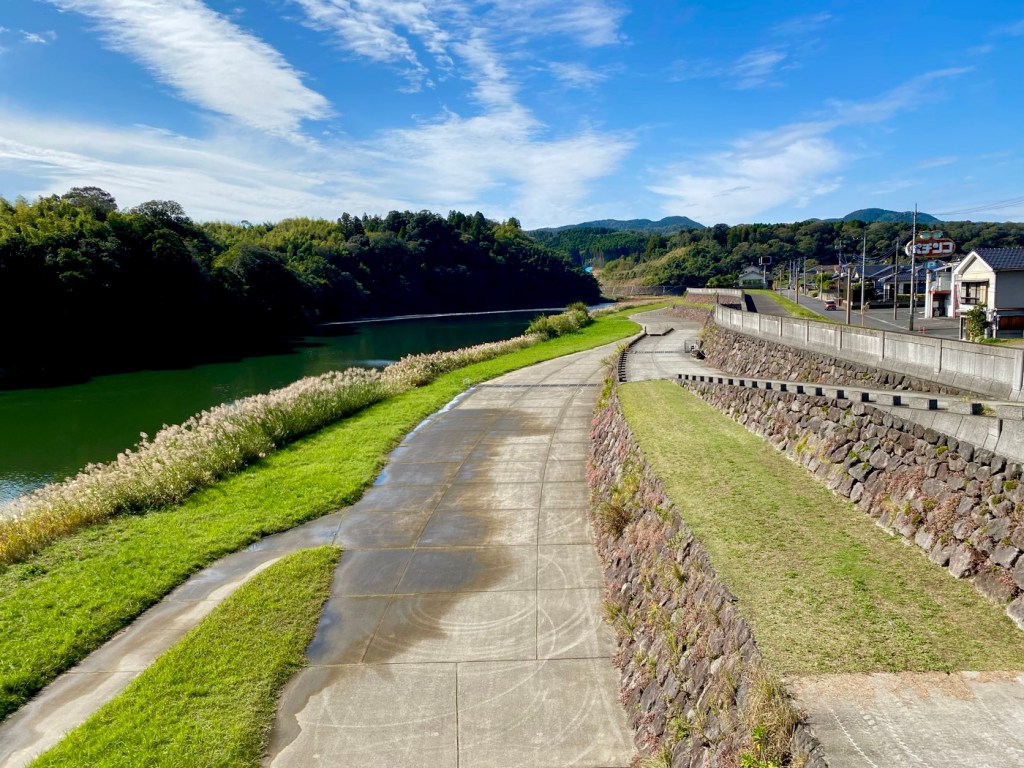
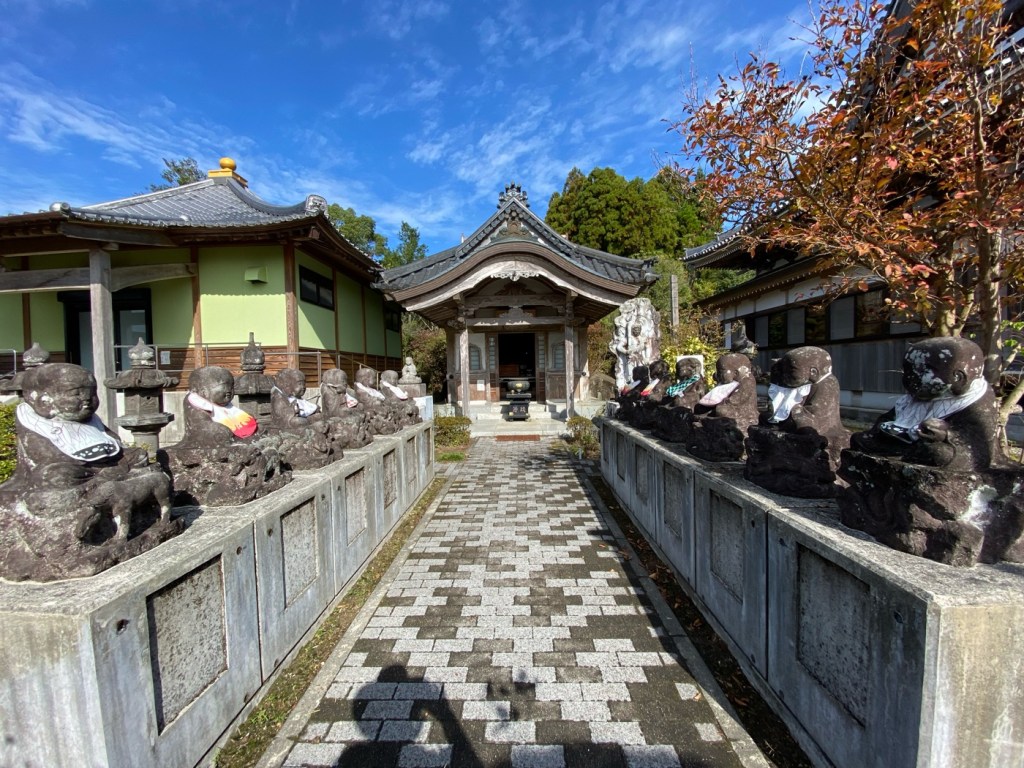
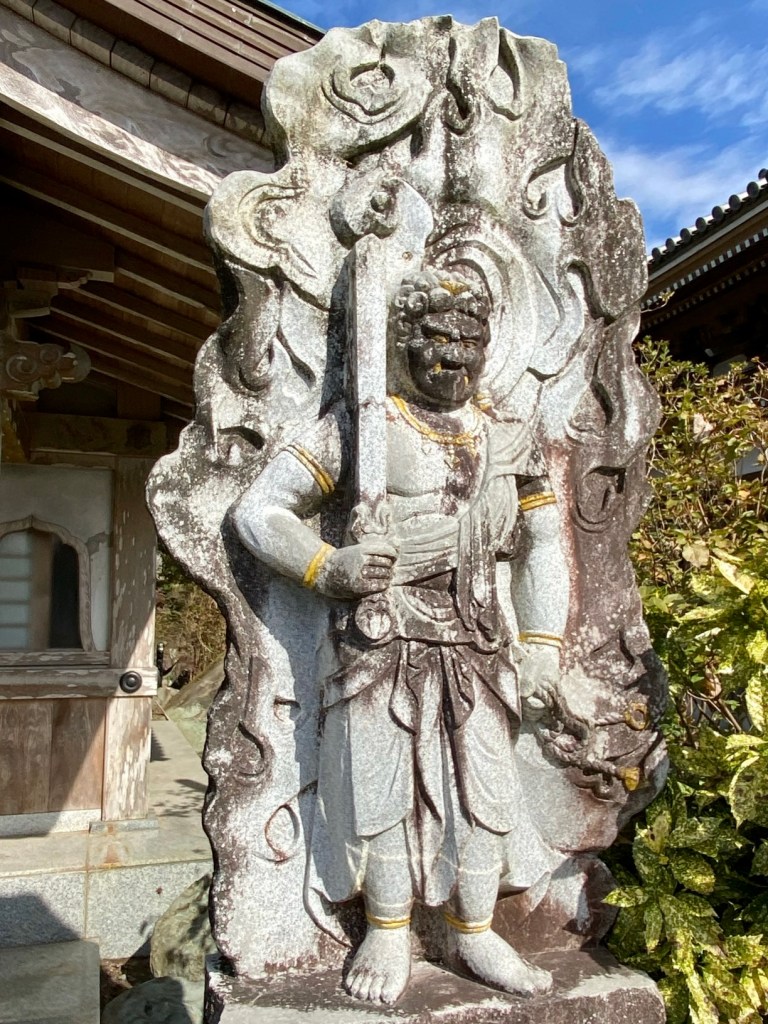
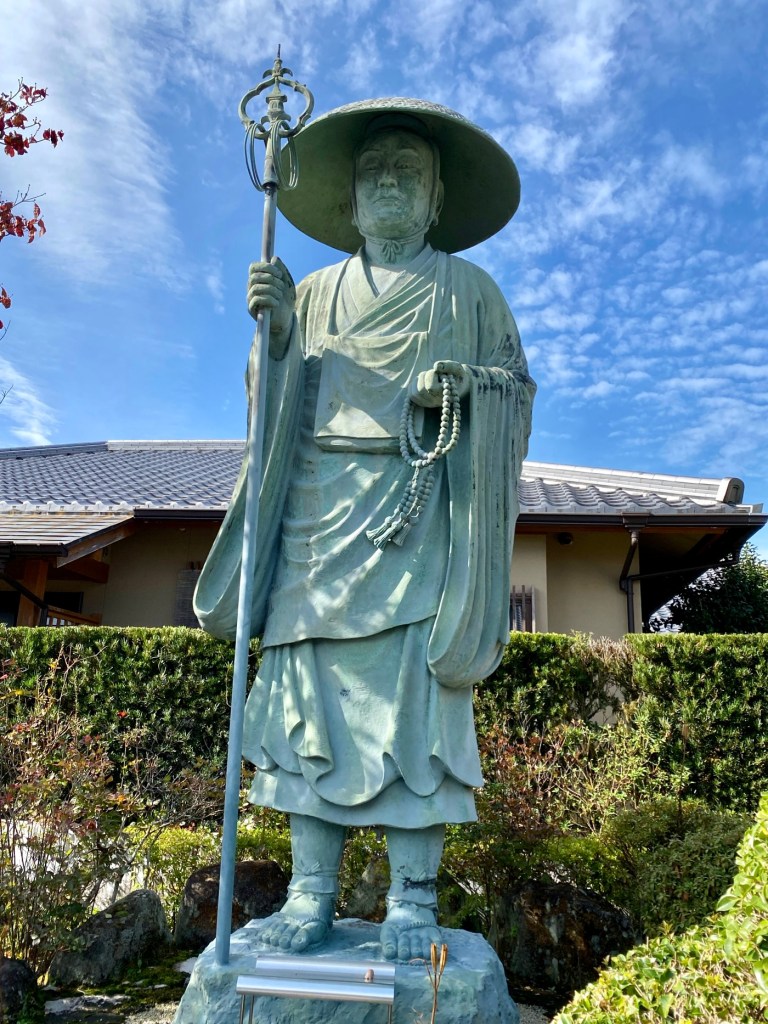
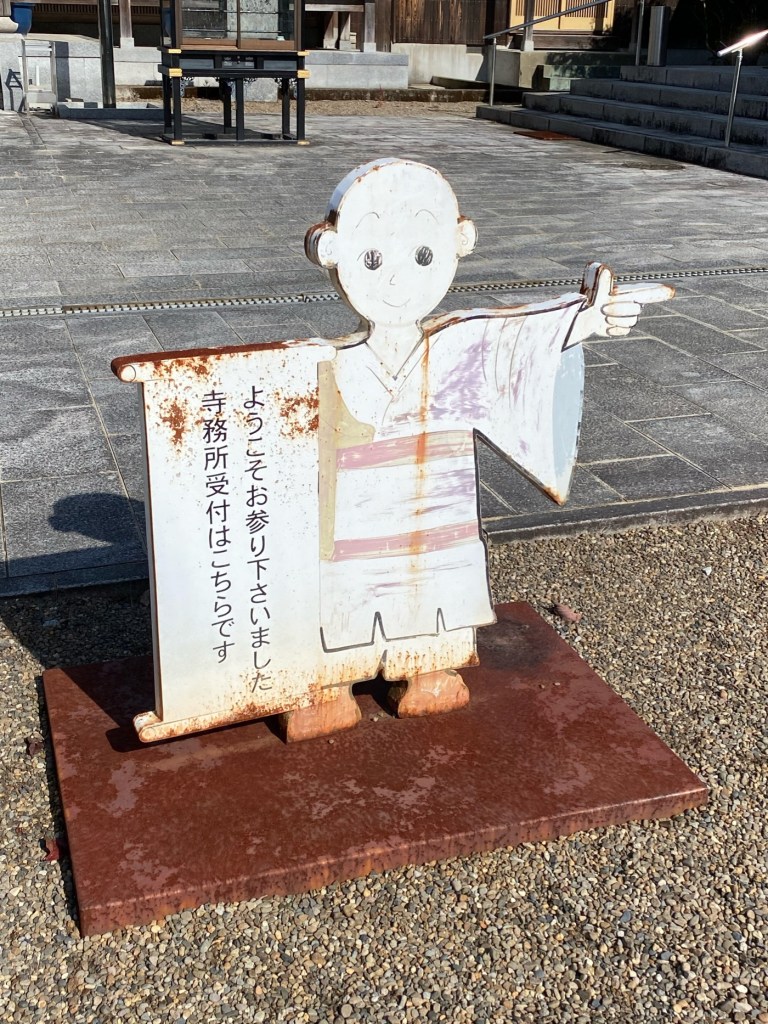
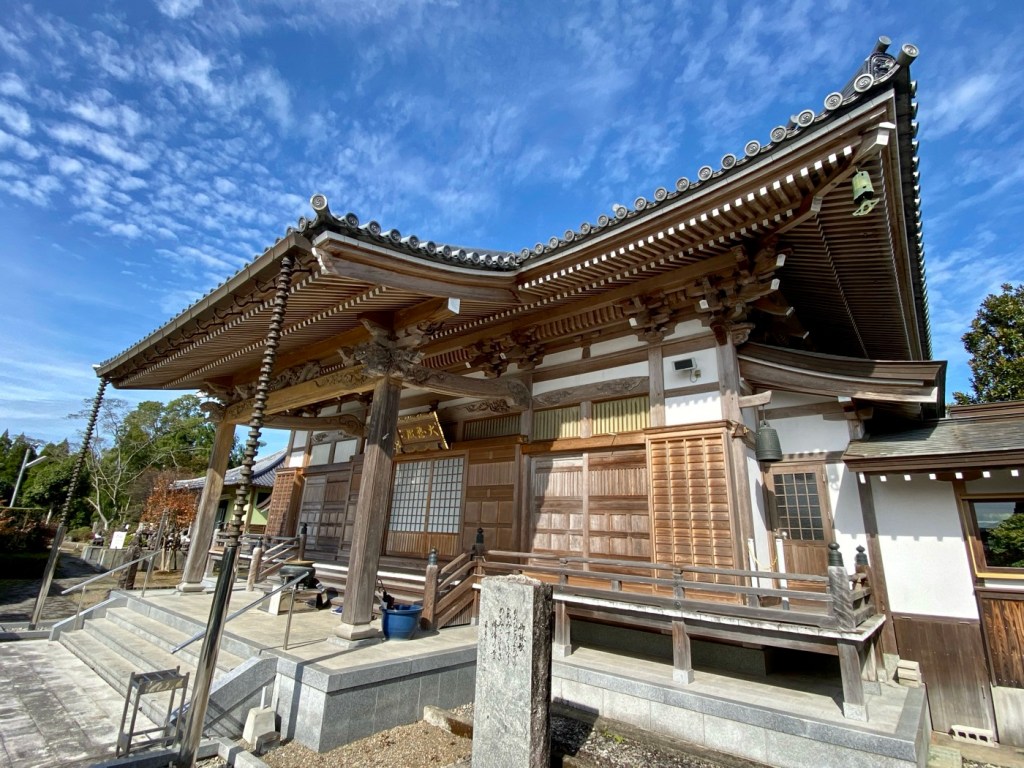

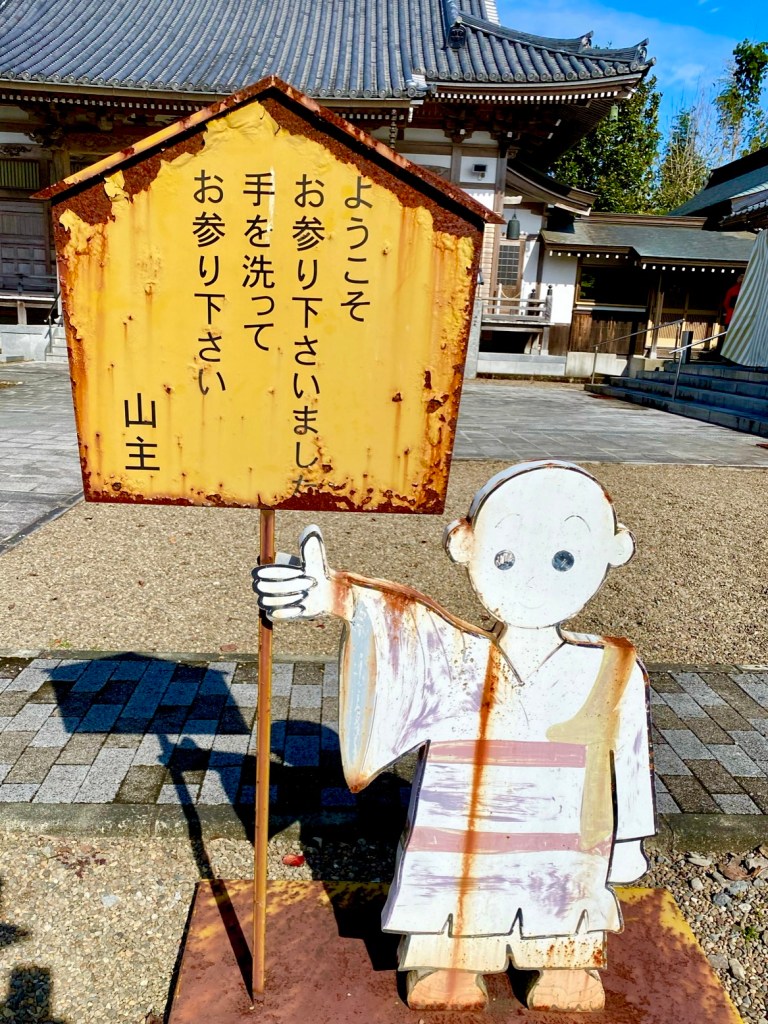
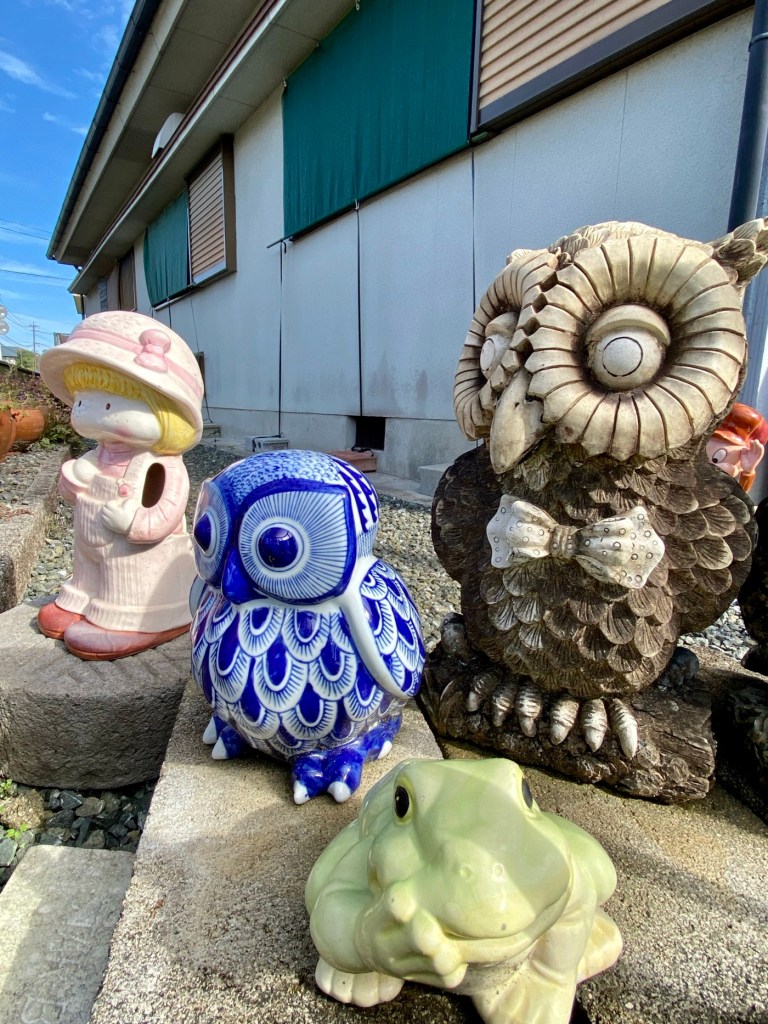
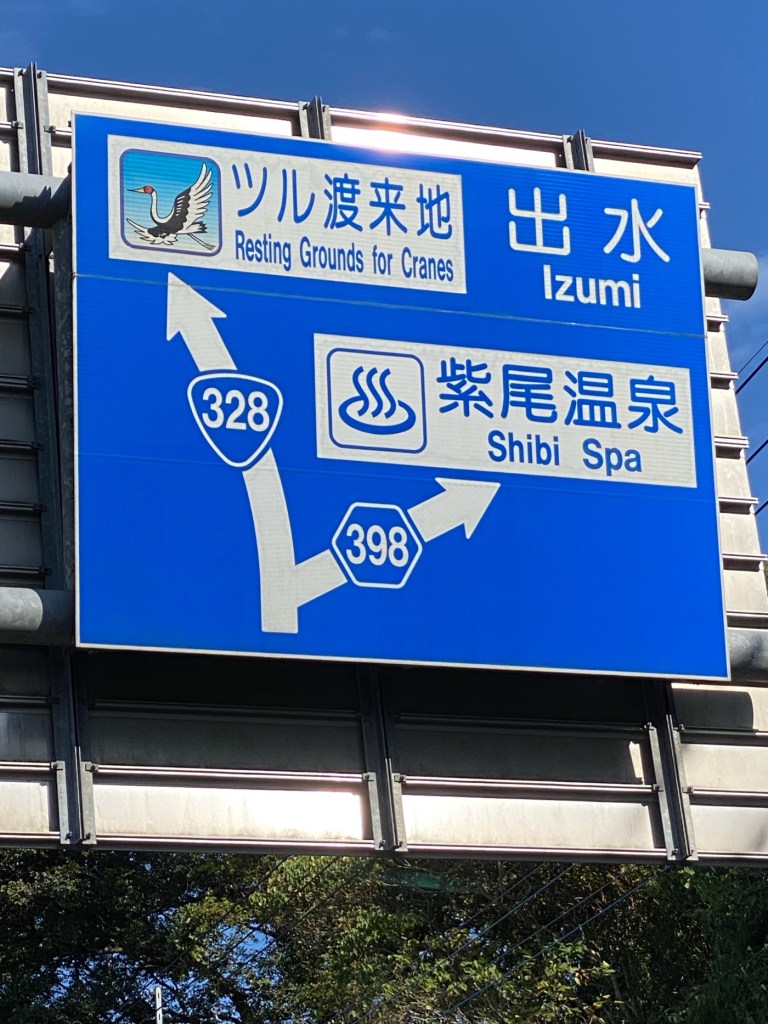
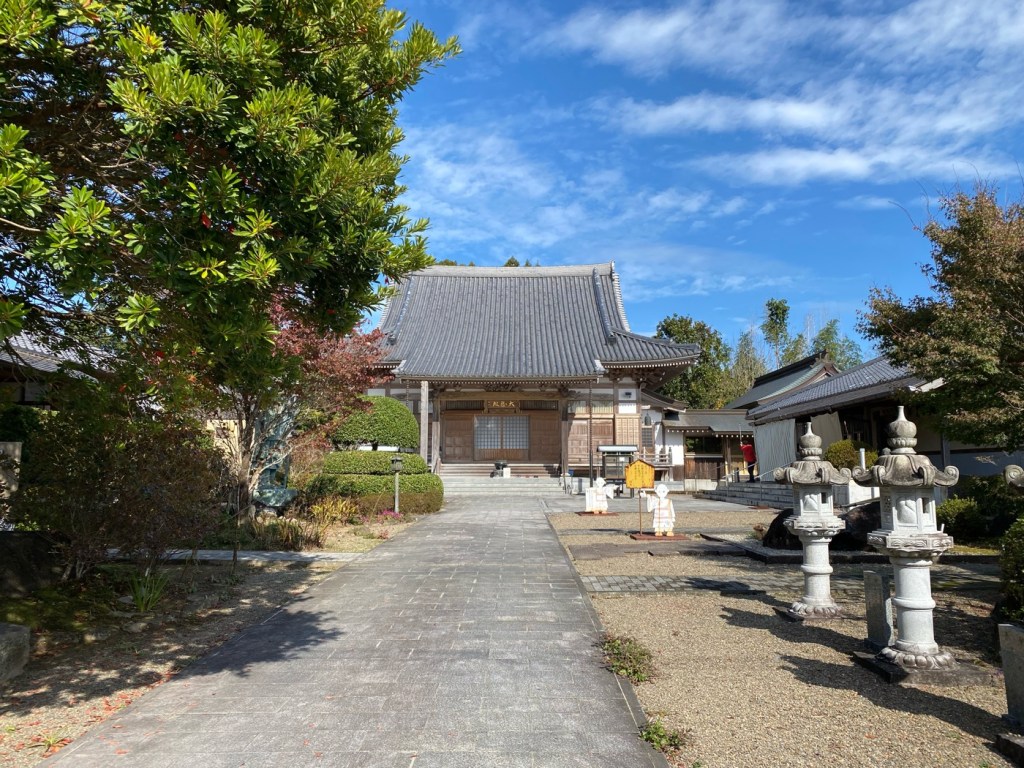
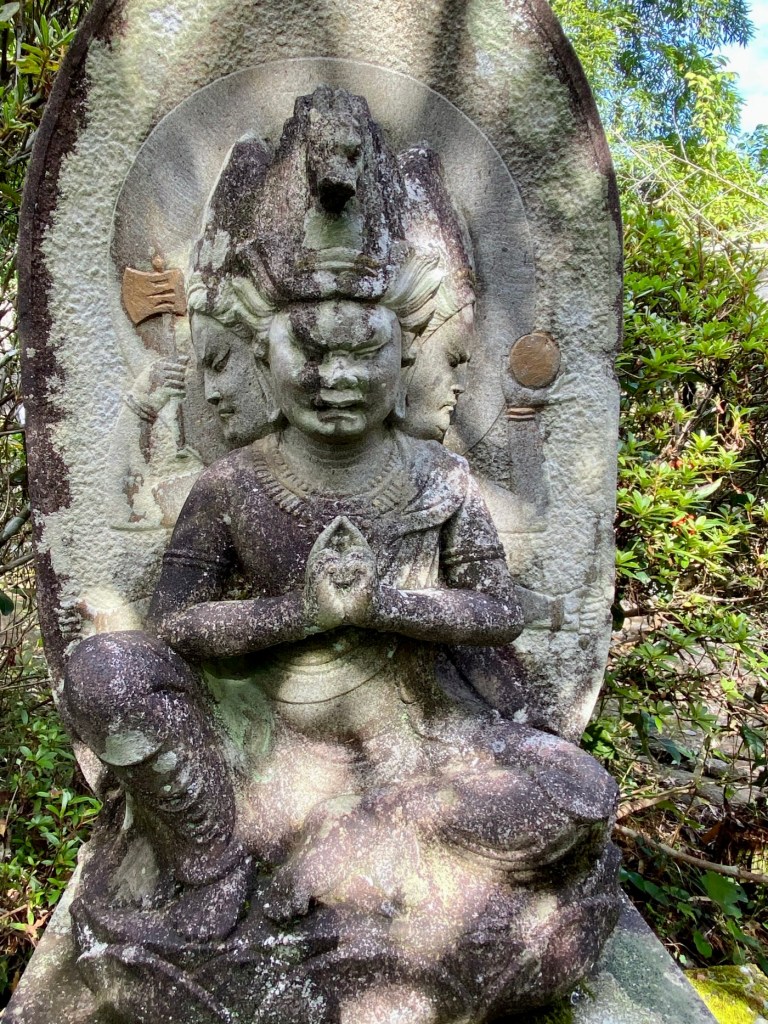
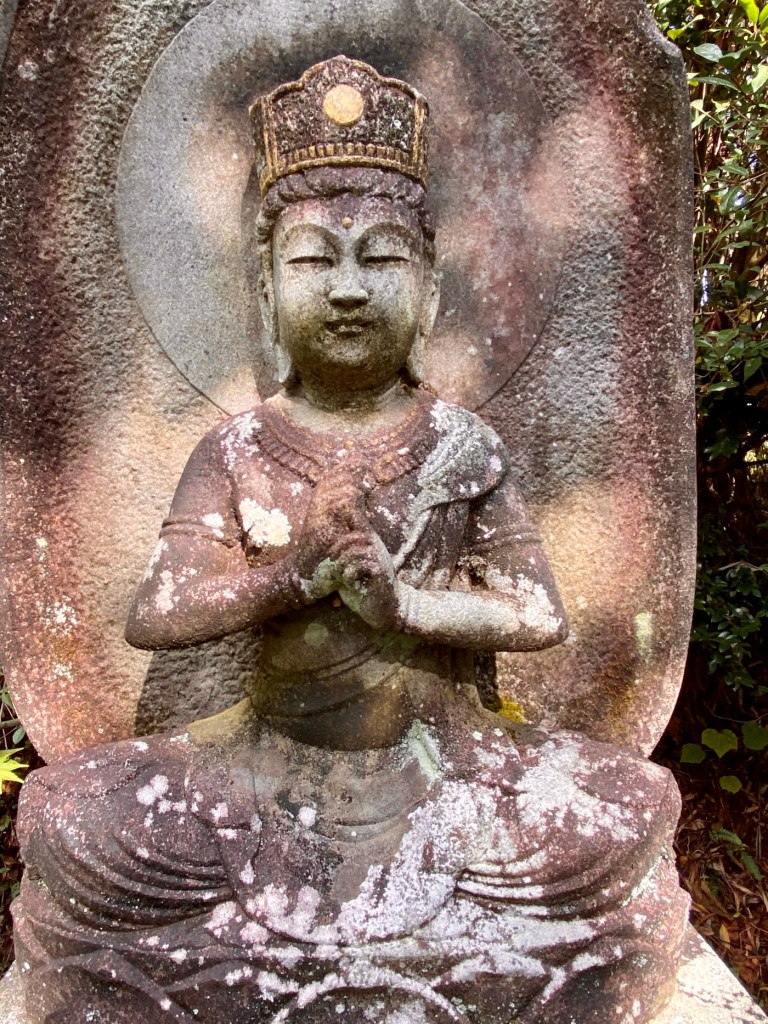
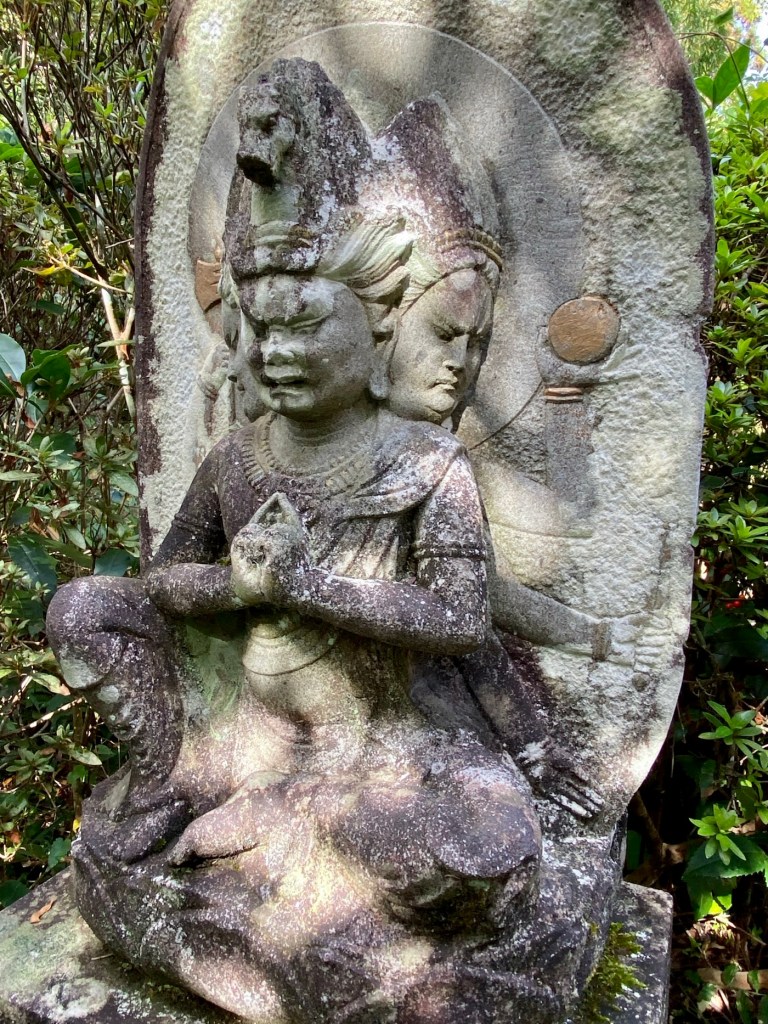
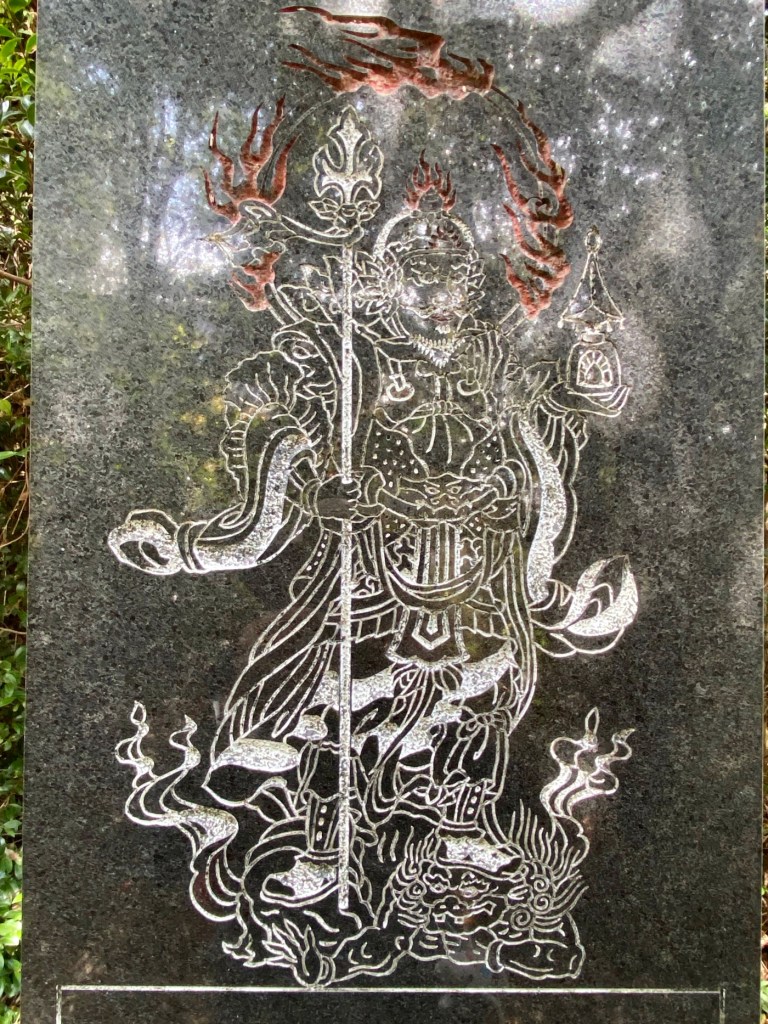
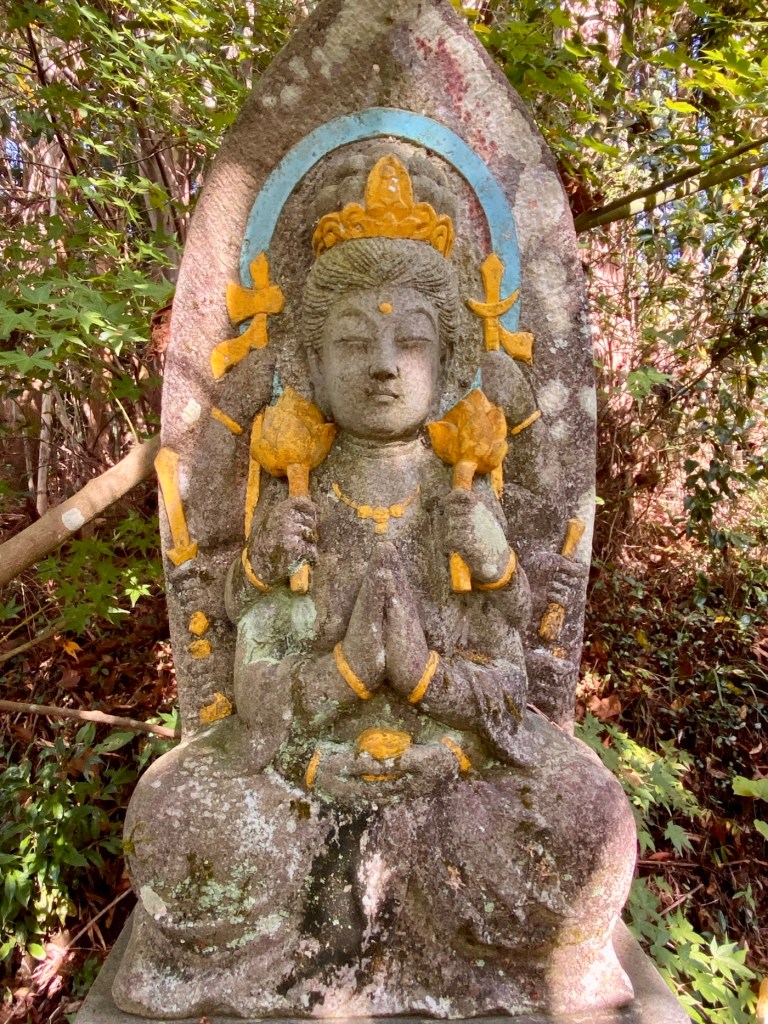

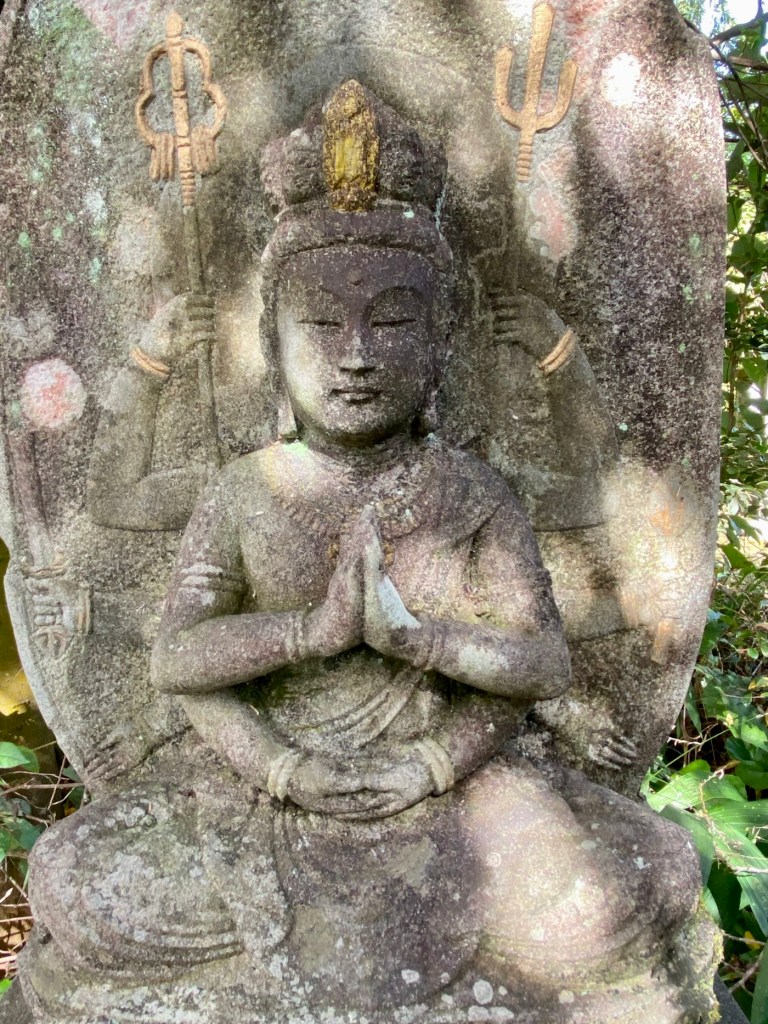
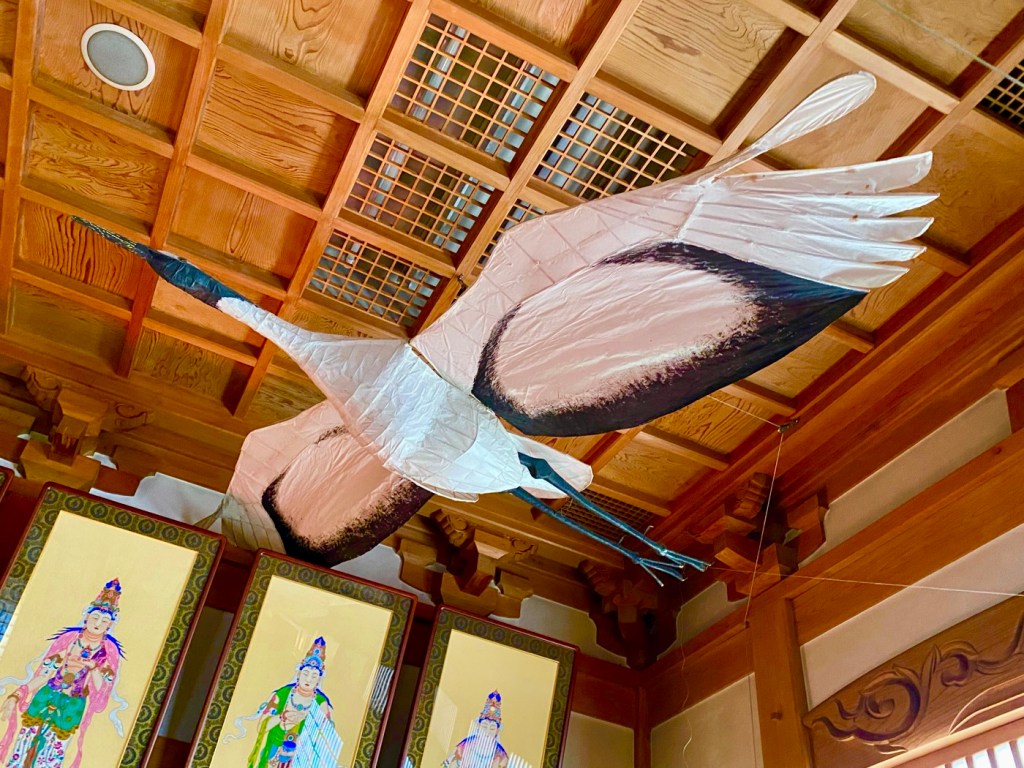
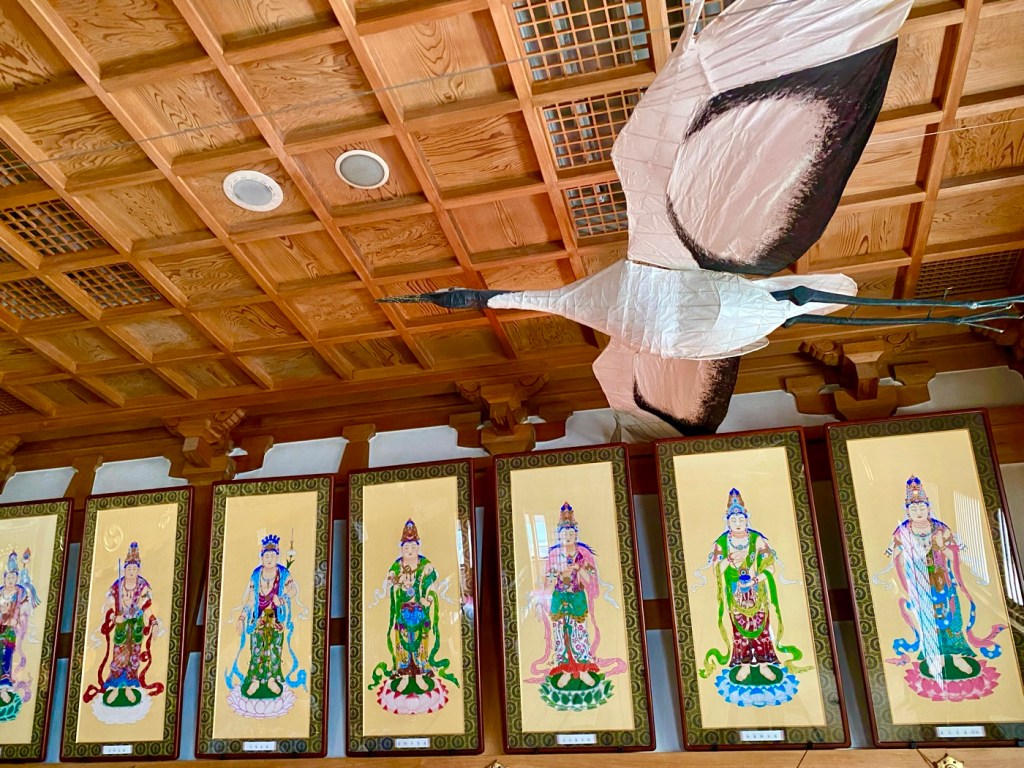
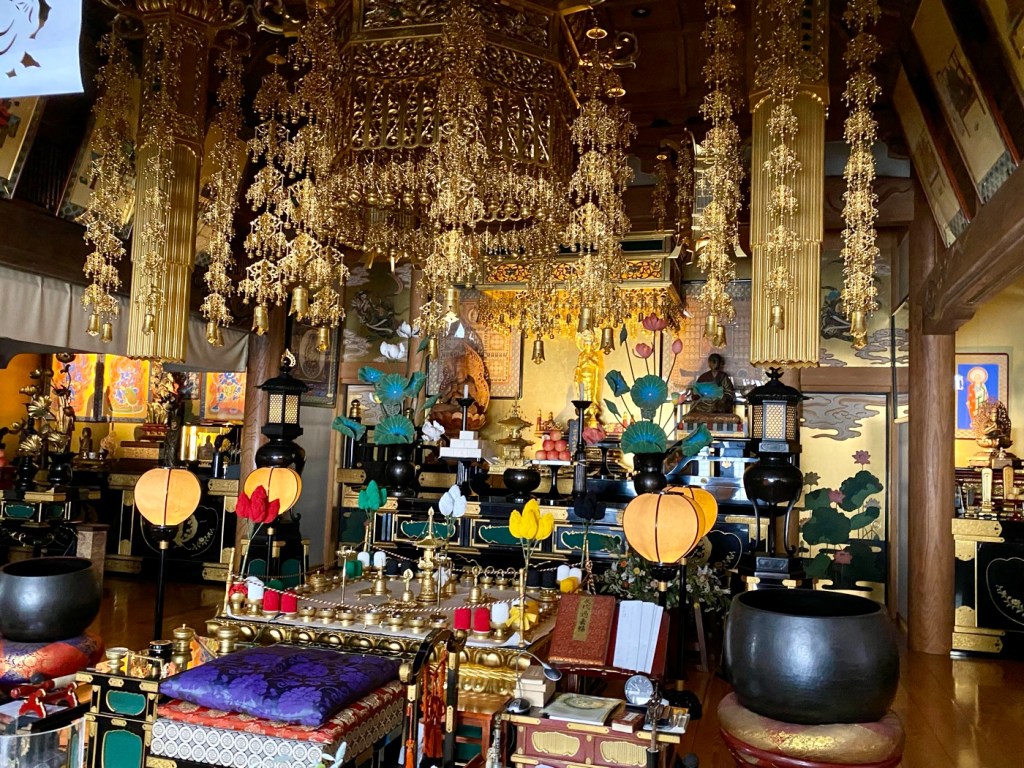
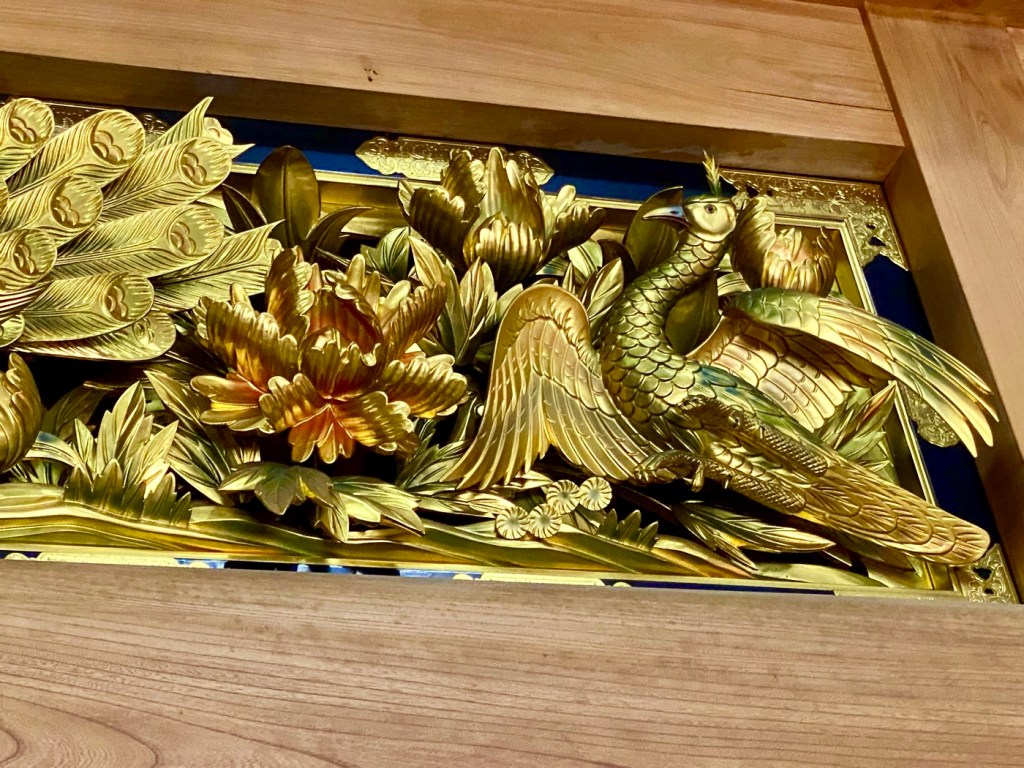
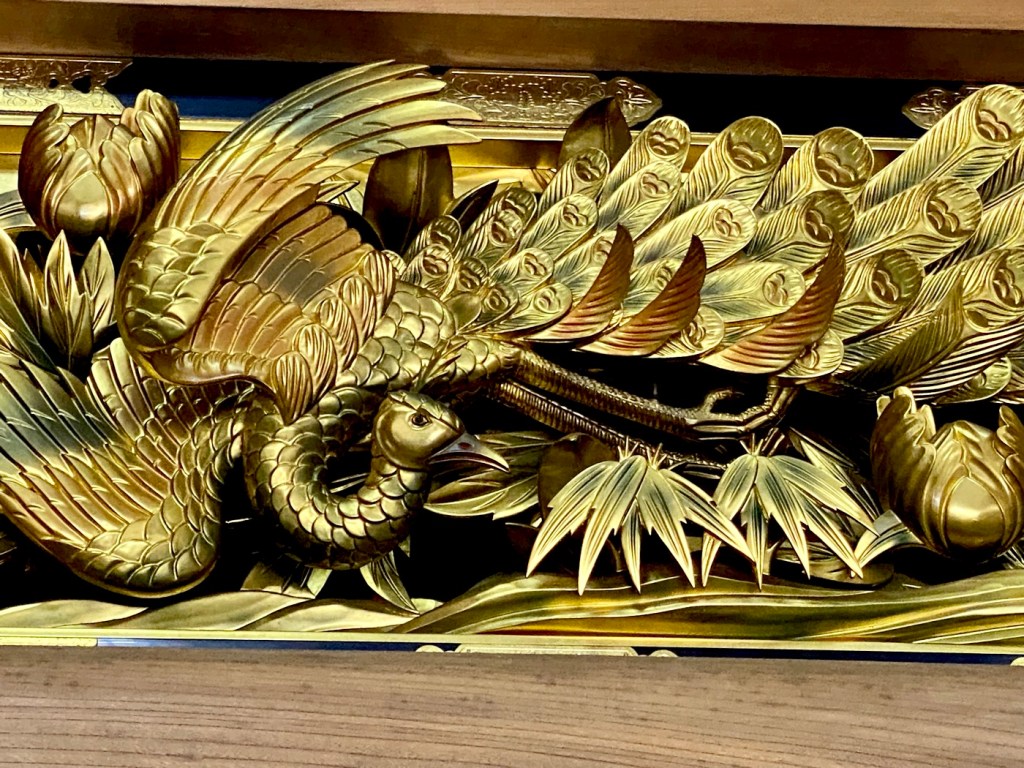
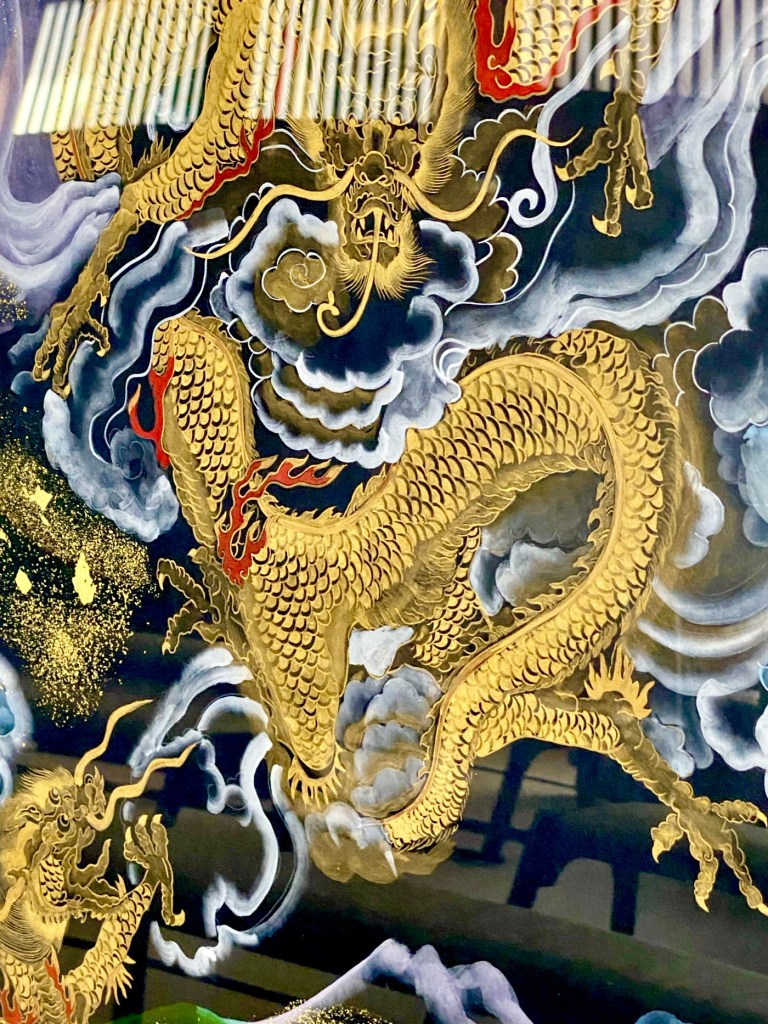
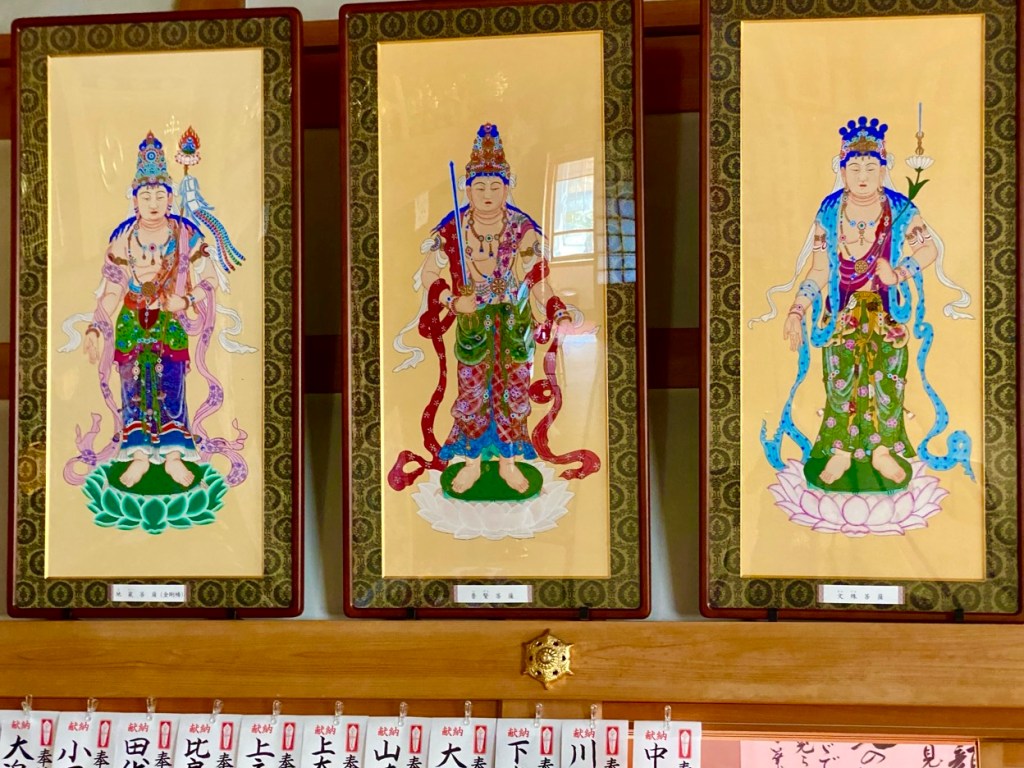


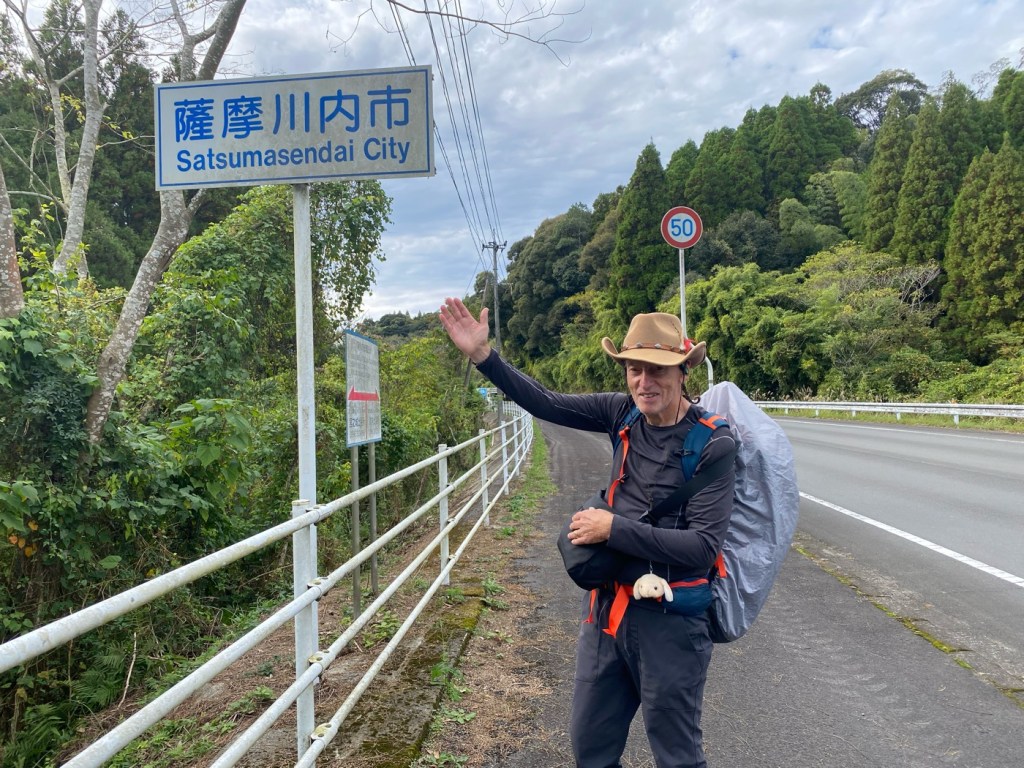
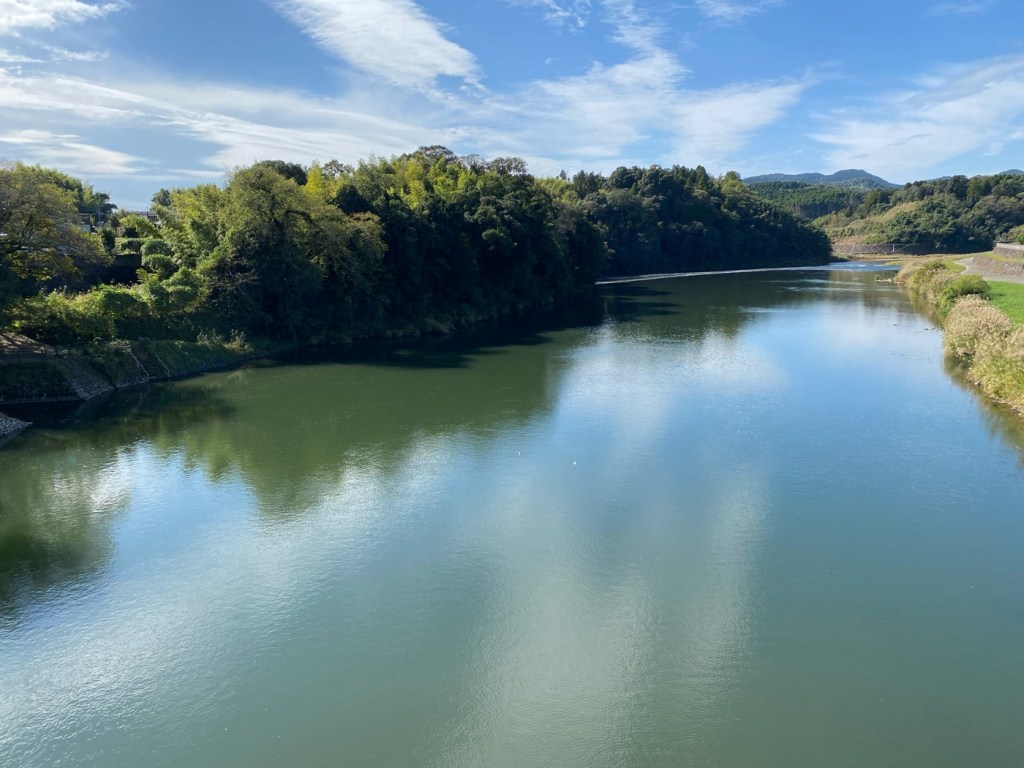
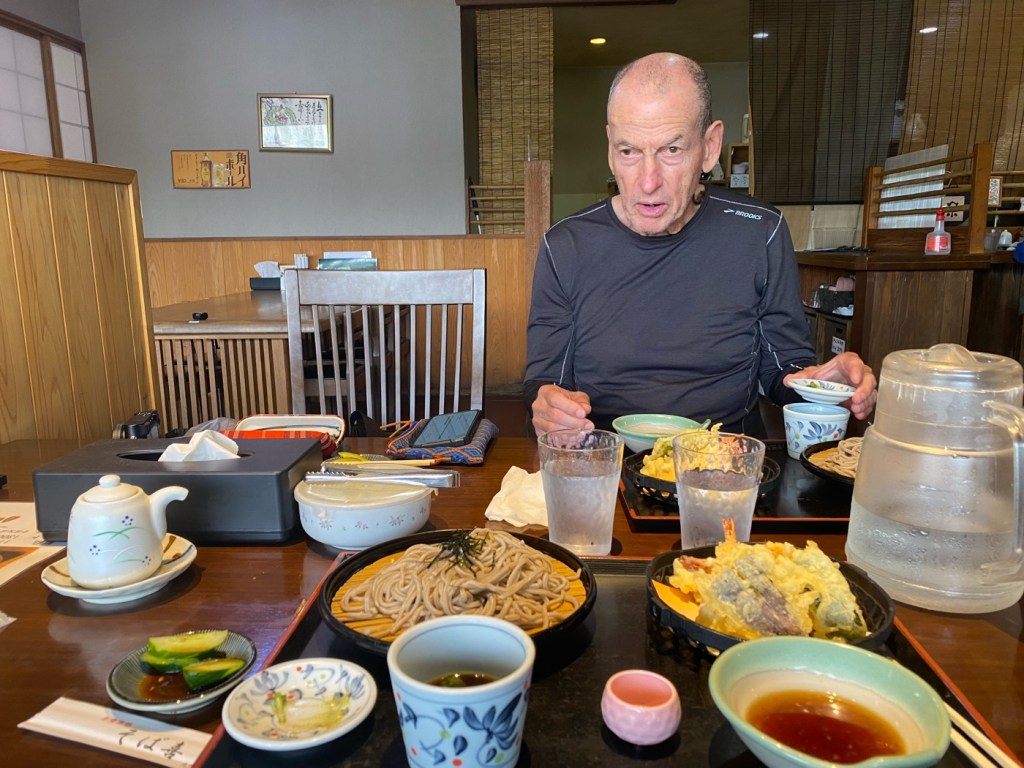
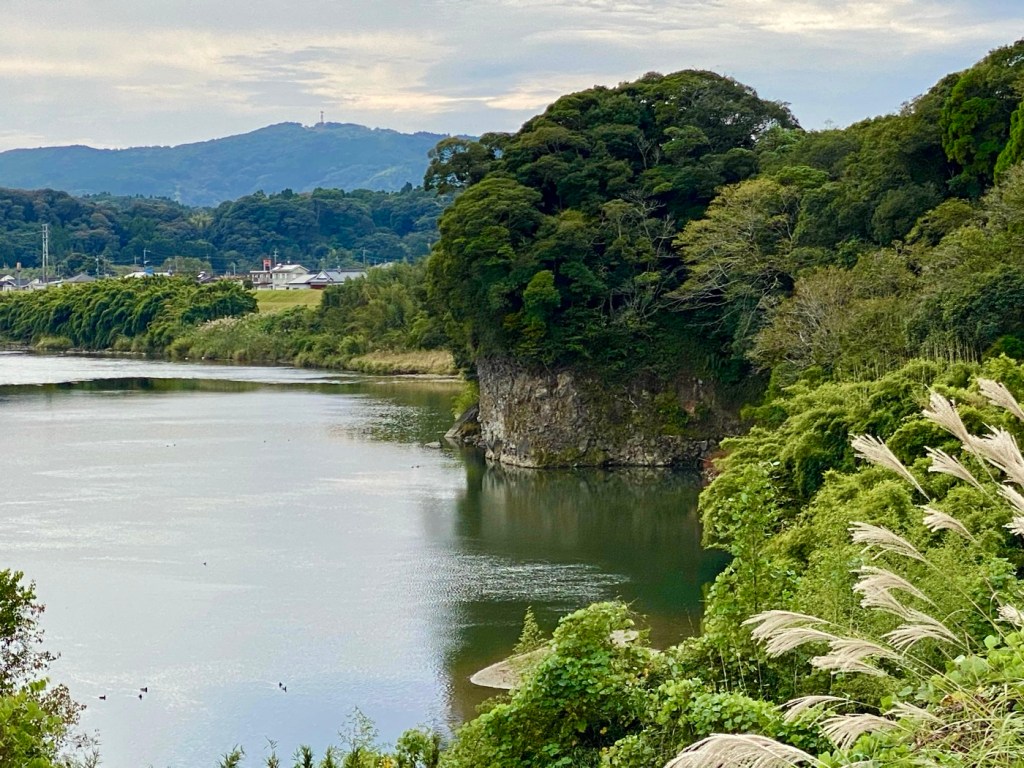
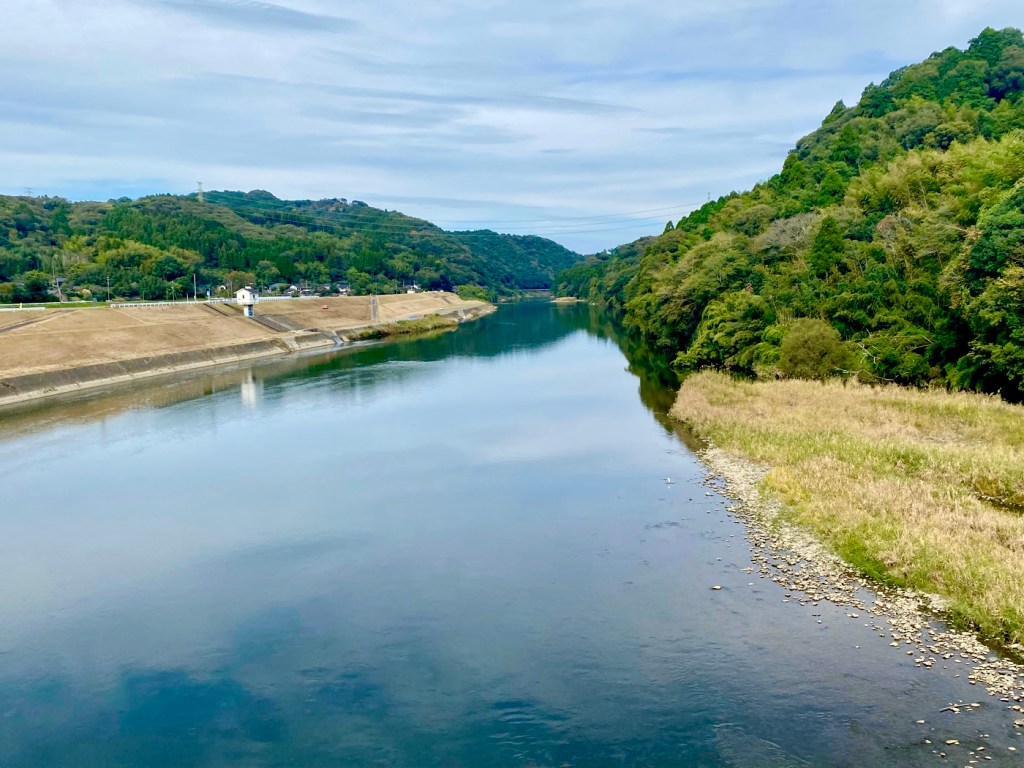
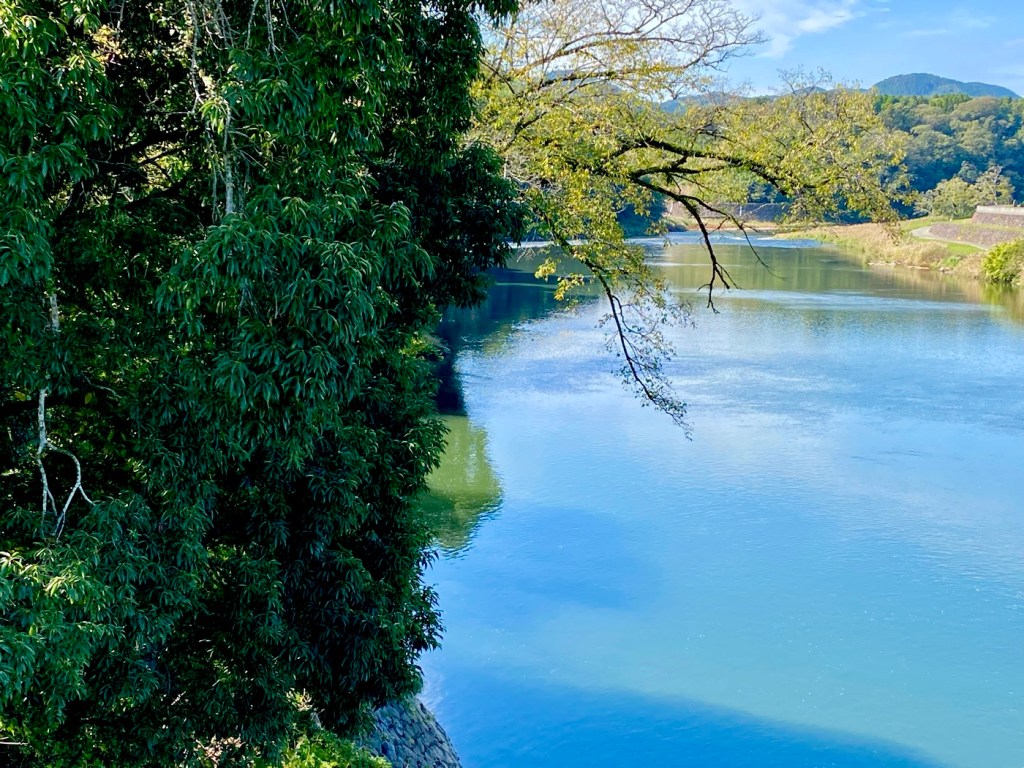
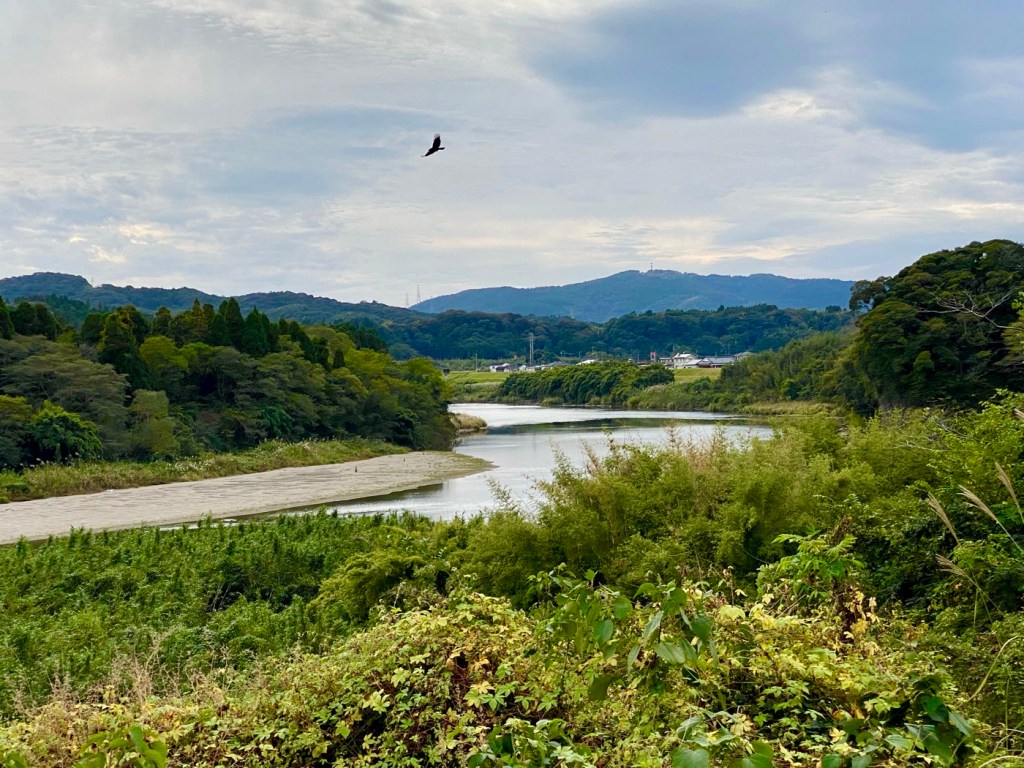
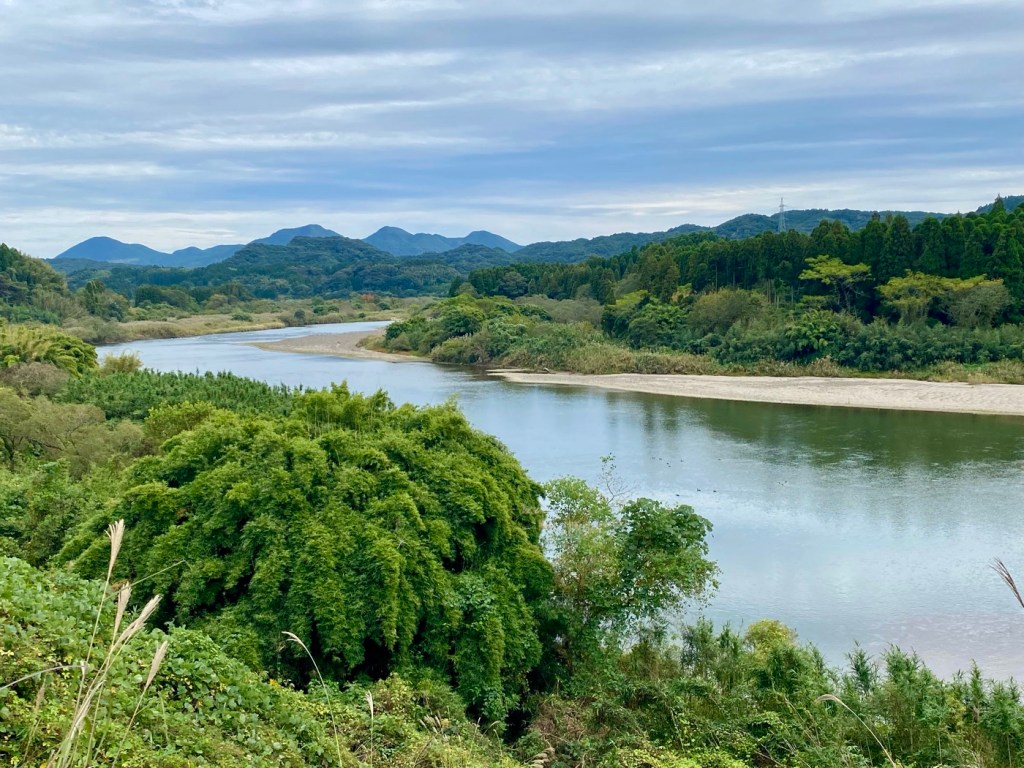

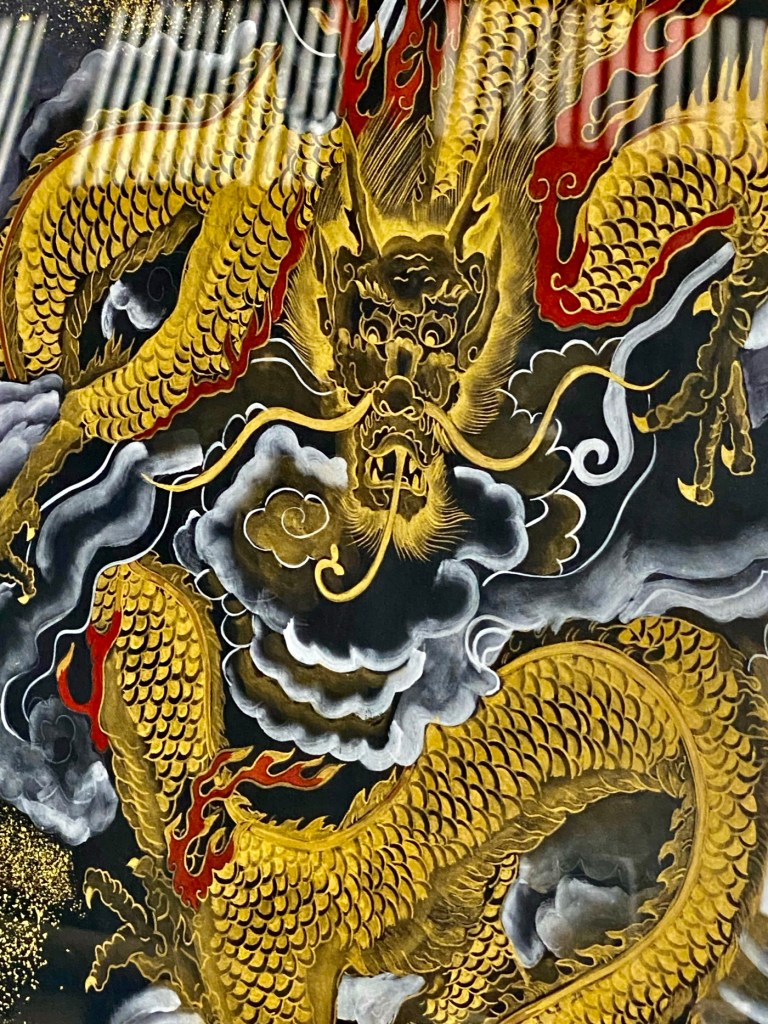
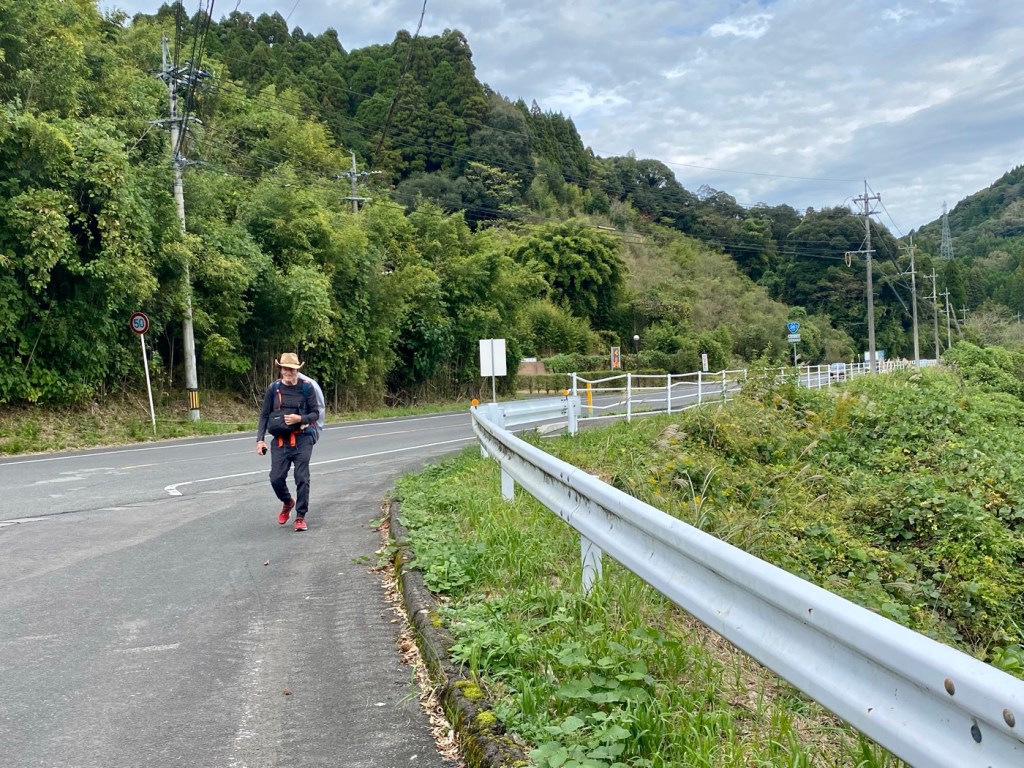

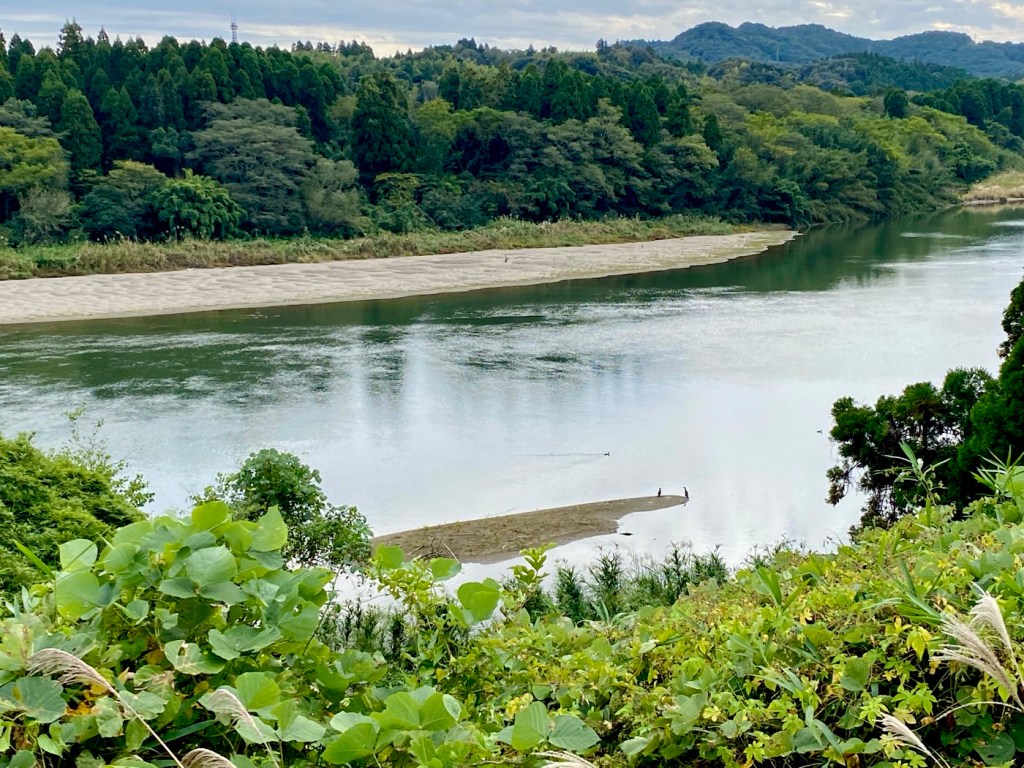
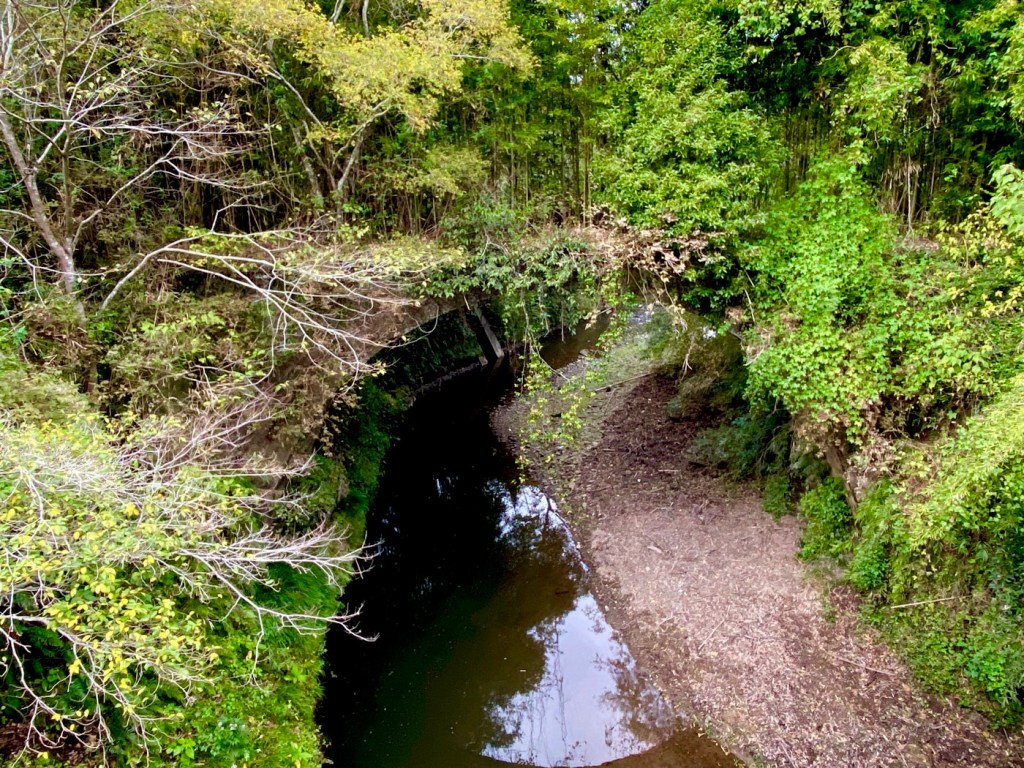
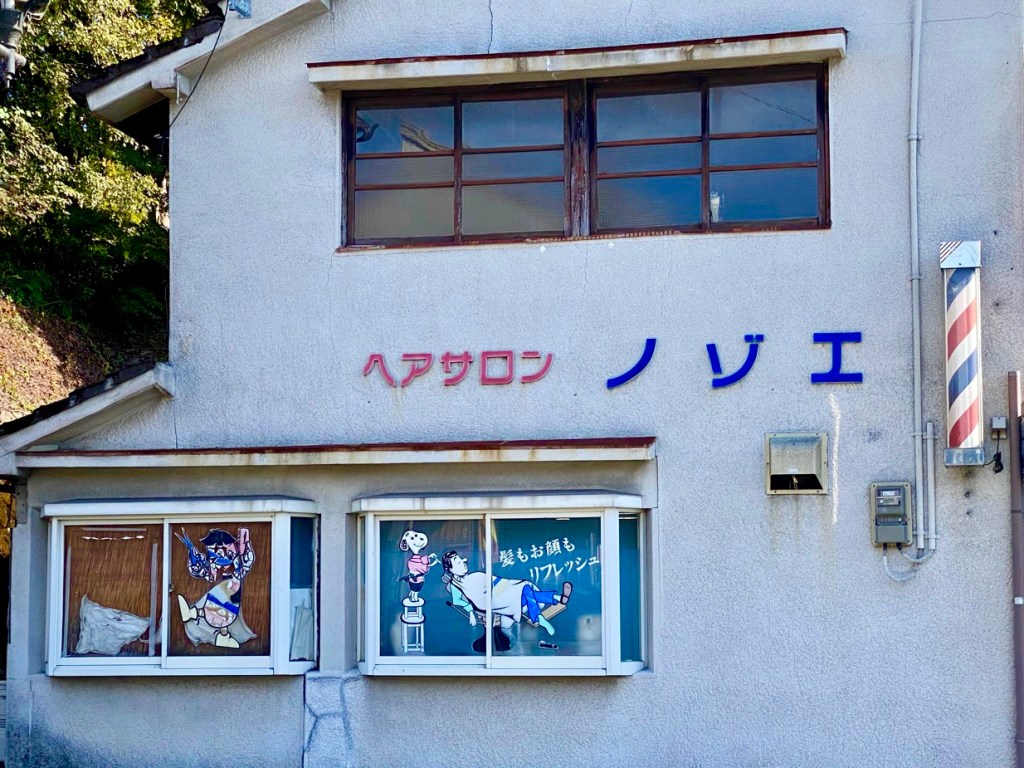
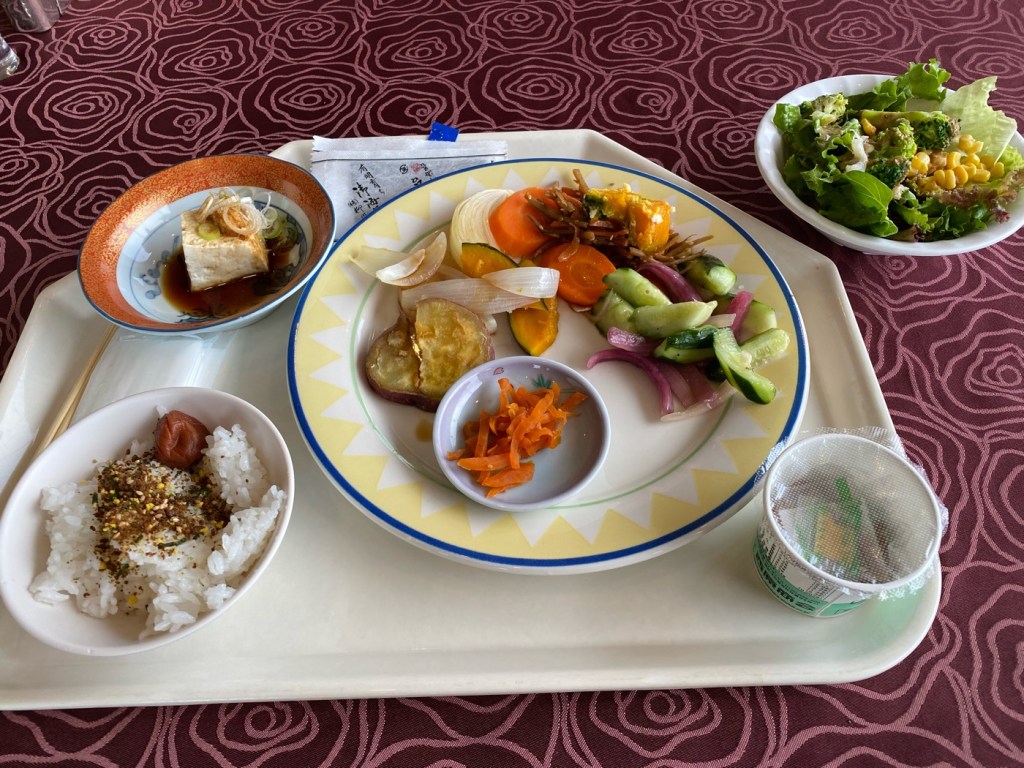
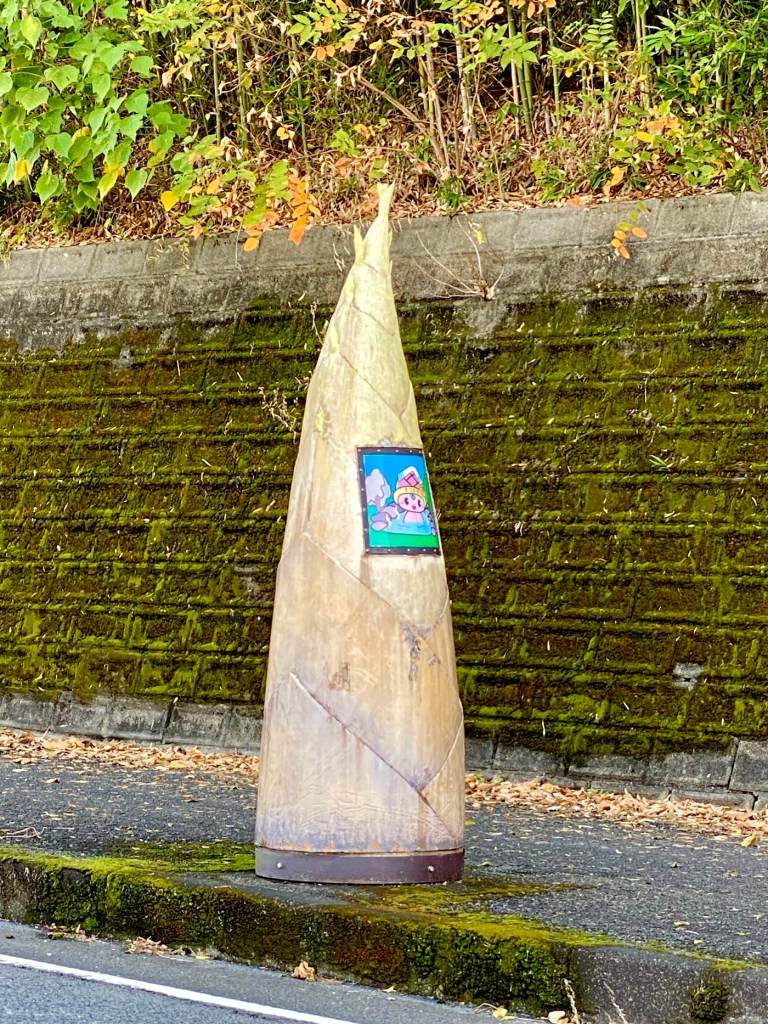
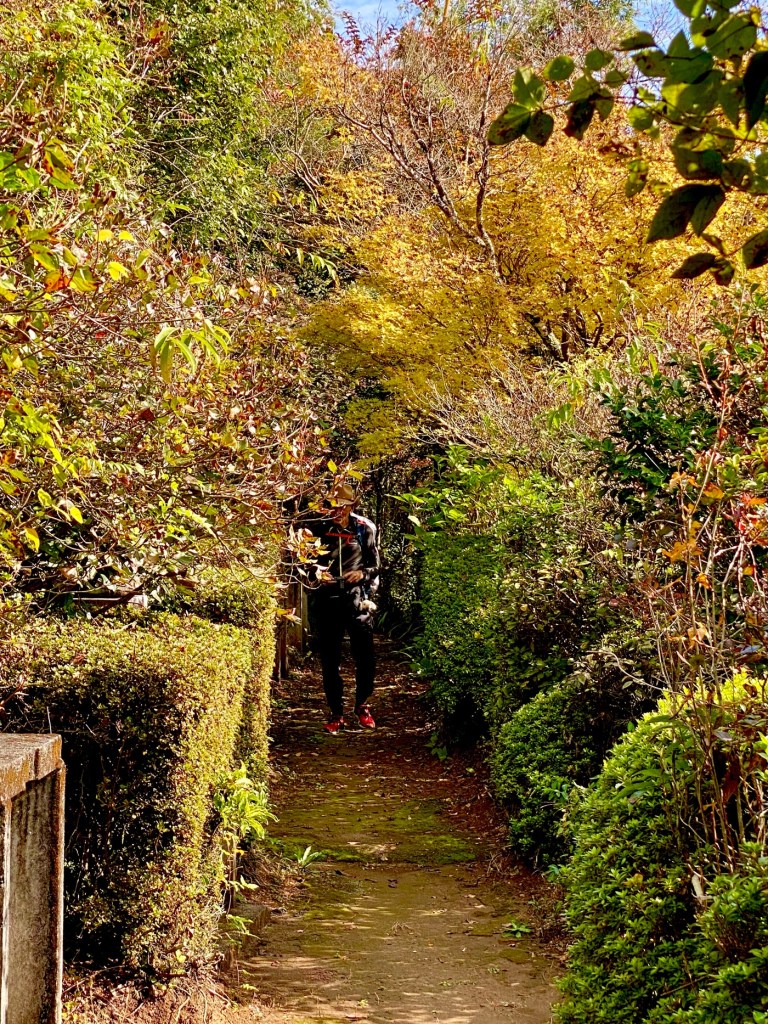
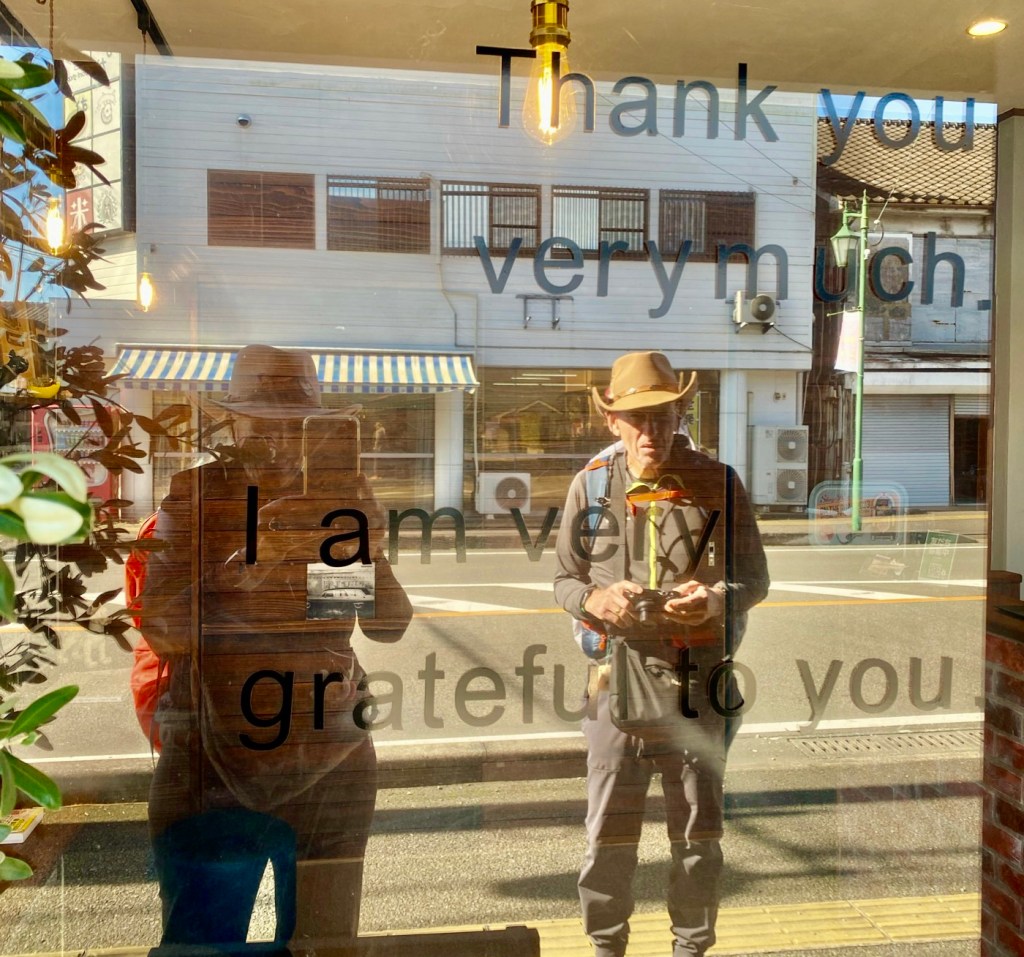
Day 48 - A Temple In Satsuma And A Bit About Kobo Daishi Kukai’s Teachings, The Kyushu 108 Temple Pilgrimage, Japan
Because yesterday we walked half of the way towards our next temple in Satsuma, we had planned to walk down the mountain to the bus stop, then take the bus to our last stop yesterday, and then walk from there.
We had timed carefully our morning walk to the bus stop, making sure not to leave too early so we would not have to stand at the bus stop for too long in the cool morning air.
It took us about 45 minutes to walk to the bus stop from the hotel, which included climbing up a steep hill.
After breakfast and checking out, we sat in the lobby until it was time to start walking down.
Just in case, I checked the bus schedule again, only to find out that there was no morning bus today.
The only bus was at 11:30 am, which would leave us no time to walk to the temple and continue walking to our next hotel, and arrive before dark.
The bus schedules are always different for weekdays and weekends, and I had looked at the schedule posted on the bus stop yesterday, and must have missed the weekend schedule.
Feeling worried, I checked if there were any other options or other bus routes.
I found another bus that had a stop on another route, but the only morning bus was leaving in thirty minutes, not nearly enough time for us to walk to the bus stop.
I asked the front desk for help.
They consulted one another and offered to drive us to the bus stop.
A uniformed driver arrived with an elegant new shuttle minibus, and the staff gathered to thank us and waved goodbye until we were out of sight.
The driver dropped us at the bus stop, and even got out to make sure that we were taking the bus in the correct direction.
The bus dropped us in Satsuma, and we walked to temple #46, Mt. Shiun Hojoji.
It felt nice to be in a town again.
Even though it was a small town, it did have some restaurants and shops, and it felt nice, after being isolated in the mountains for a few days.
At the temple, we saw a very big statue of Kobo Daishi.
Kobo Daishi, or Kükai, was a Japanese Buddhist monk, calligrapher, and poet, who founded the esoteric Shingon school of Buddhism.
He was also an engineer and a sculptor, and he is also said to have invented the Kana, the Japanese syllabary still used today.
Kukai travelled to China, where he studied under the monk Huiguo.
Upon returning to Japan, he founded the Shingon sect of the
Japanese branch of Vajrayana Buddhism.
All the temples on our current pilgrimage belong to the Shingon sect of Buddhism.
Kükai was an ascetic monk and a seeker of insights.
He roamed the land on long pilgrimages, preaching Shingon teachings.
He founded Shingon temples all around Shikoku island and some in Kyushu.
He performed miracles, healing people and opening water wells where there was a need.
Kūkai authored a number of important texts, including the Benkenmitsu Nikyōron written in the year 814.
In it, Kukai spoke about the difference between Exoteric and Esoteric knowledge.
The Exoteric is knowledge that is revealed to you by other masters, like the Buddha and enlightened masters, while the Esoteric is inner revelations, that come directly from a Higher Inner Source.
Kukai also wrote the Sokushin Jōbutsugi, a treatise on the doctrine of attaining Enlightenment or Buddhahood in "this very body" and in this very life.
Kūkai is now believed to have been a bodhisattva-like savior figure on Kōyasan, the mountain monastic complex that included his mausoleum.
Kukai taught that in order to achieve enlightenment in this life and in this body, we must unify the body, speech, and mind.
While committed to a life of becoming adepts, we are awakened to our inherent powers and endless potential as Spiritual beings, living beyond the dream world in an awakened reality.
Shingon practitioners are said to be able to realize corporeal Buddhahood, and have often been tasked with performing miracles and rituals such as rainmaking, aiding emperors to extend their life span, and more.
Mt. Shiun Hojoji temple, is a big temple in a rural area on the edge of town.
We saw an office full of people helping the monks, when we gave them our book and scroll to stamp.
Then we walked around the beautiful gardens to see the 88 sacred Buddhist mini pilgrimage, behind the main hall.
The mini pilgrimage path is full of trees and flowering plants, and at each sacred spot there is a stone Buddha or another deity.
A large stone is engraved with Mr. Masatami Sakamura's poem: "If you remember, flowers will bloom".
I stood there wondering…. If I remember what?….
Remember who I am?
Remember God?
Remember love?
Remember eternity?
Remember my true home?
Japanese poetry and calligraphy have always prioritized Expression over Clarity.
But I enjoyed my mind wanderings.
The grounds of the temple are full of statues of Jizo, Mizuko Jizo, Kannon and more.
In the temple, various flowers bloom in every season.
It reminded me of our house in New Zealand, which used to be a plant nursery before we bought it, and years later different flowers still bloomed in every season.
This temple seemed to be well attended.
The chief priest had a large staff of people working in the office with a belief that the office was the face of the temple.
Their morning meetings were an important exchange of opinions and an attempt to respond to the requests of the believers.
Once a year, the temple held an appreciation event for everyone in the temple.
There were are also many lectures by local lecturers about various subjects.
People come to learn and participate in demonstrations by paramedics, share stories about welfare, listen to music performances of the local woodwind quintet, and see different art exhibitions.
Local writers come to speak and there are Doll Exhibitions and Flower Exhibitions.
When we left, they gifted us with a drawing of Kannon and flowers.
As we walked towards the downtown, we met a young mother with her quiet son who was holding a balloon.
She told us that there was a parade in town, which is why we saw so many young kids wearing uniforms and holding balloons.
We walked until lunch, and then had lunch in a busy soba noodle restaurant.
A plate of freshly boiled soba noodles served cold with a dipping sauce and a bowl of tempura, is always a simple and tasty lunch choice.
It is one of those safe choices that Soba restaurants always make well.
At this place, they also gave us a bowl full of slices of raw cucumbers, which were very tasty.
After lunch, we continued walking on the main road.
After two more hours of walking, we stopped to have a tea break, sitting on a bench in a bus stop.
By that time, we were outside of the city with no more shops, convenience stores or restaurants.
We arrived at our onsen hotel wondering what we could eat for dinner.
We did not book dinner at the hotel, and the young woman who checked us in said the restaurant was fully booked.
We explained that we had no car, and that there were no restaurants nearby.
She said that she would talk to the restaurant and see what could be done.
Meanwhile, we put our backpacks in our room, changed and went to soak in the hot springs.
This Onsen was open to the public, and because they offered different hot baths with different mineral contents, they were very popular with locals and Japanese tourists.
We saw no foreigners around.
They also had a camping ground in the back, and many people came to camp and grill outdoors, and to soak in the onsen.
But even though there were many woman around, I soaked in the big pools mostly by myself, and allowed all the aches and pains of the day to dissolve in the healing waters.
My backpack, although much lighter, was sitting on my hips all day, and by the end of the day my right side hip was hurting.
But after the hot springs I felt so much better.
For dinner, we were offered a simple set menu which included a soup, rice, salad, cooked root vegetables, tempura and pickles.
It was simple and inexpensive but tasty and satisfying after our day of walking.
With love and smiles,
Tali
Stats: 26,523 steps
Today’s walk: 19 km
Kilometers walked to date: 810
Temples visited:
Temple #46 Mt. Shiun Hojoji (Shiunzan, Hojoji)